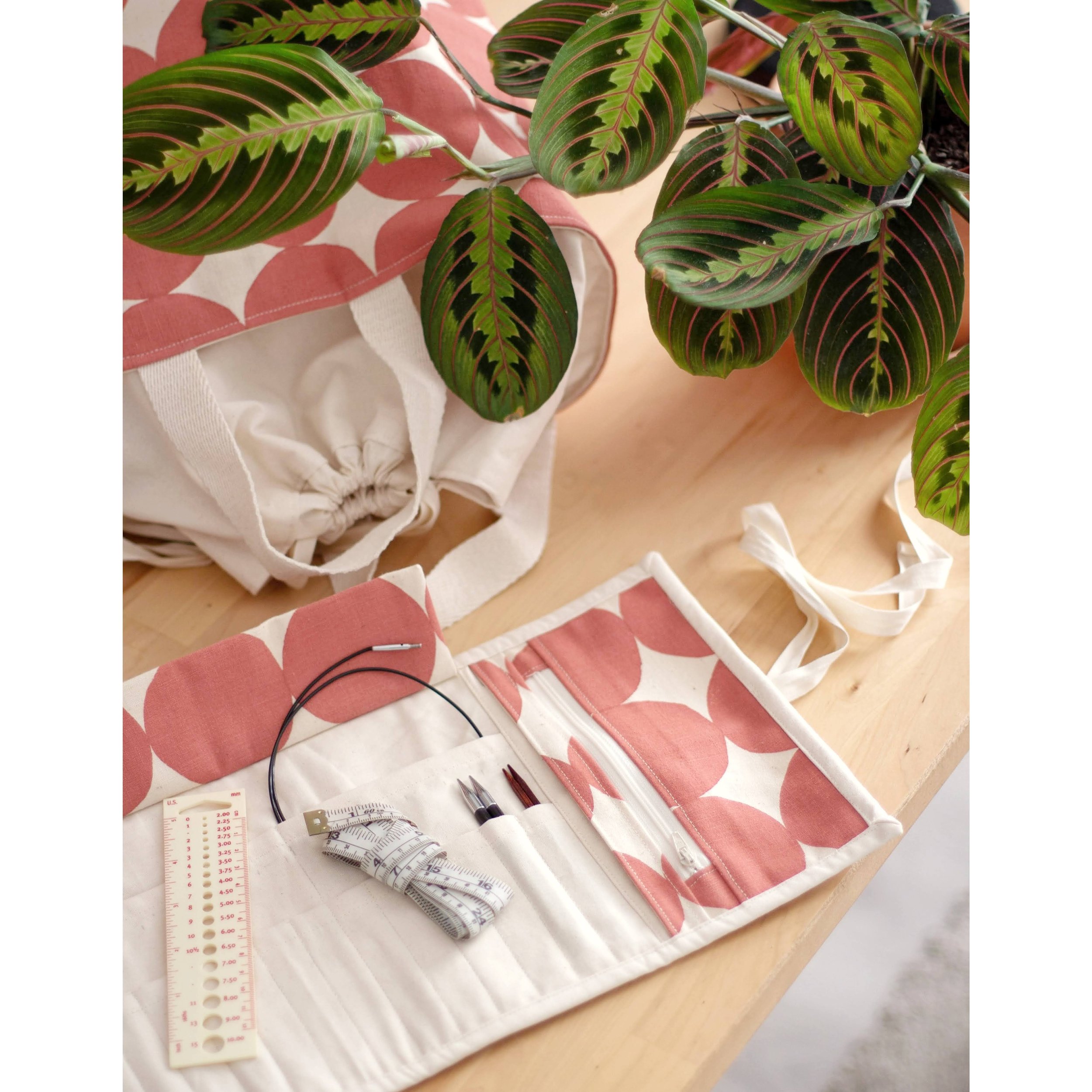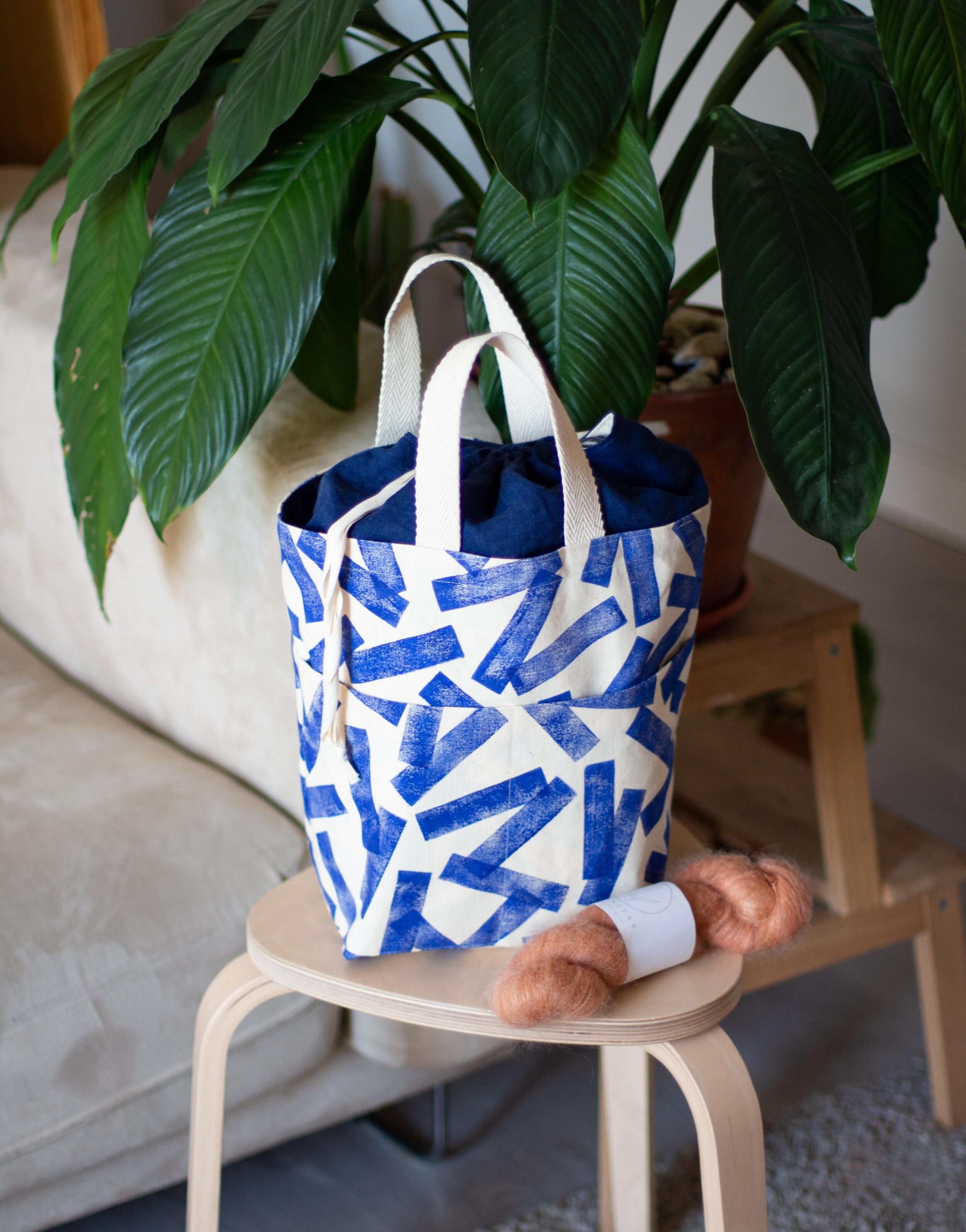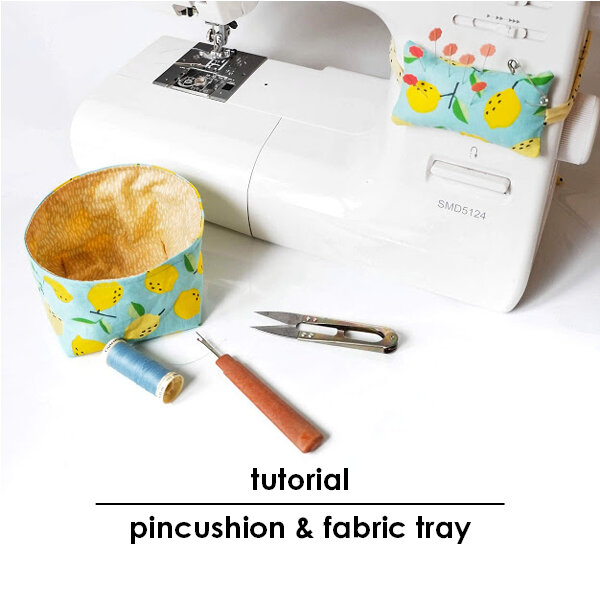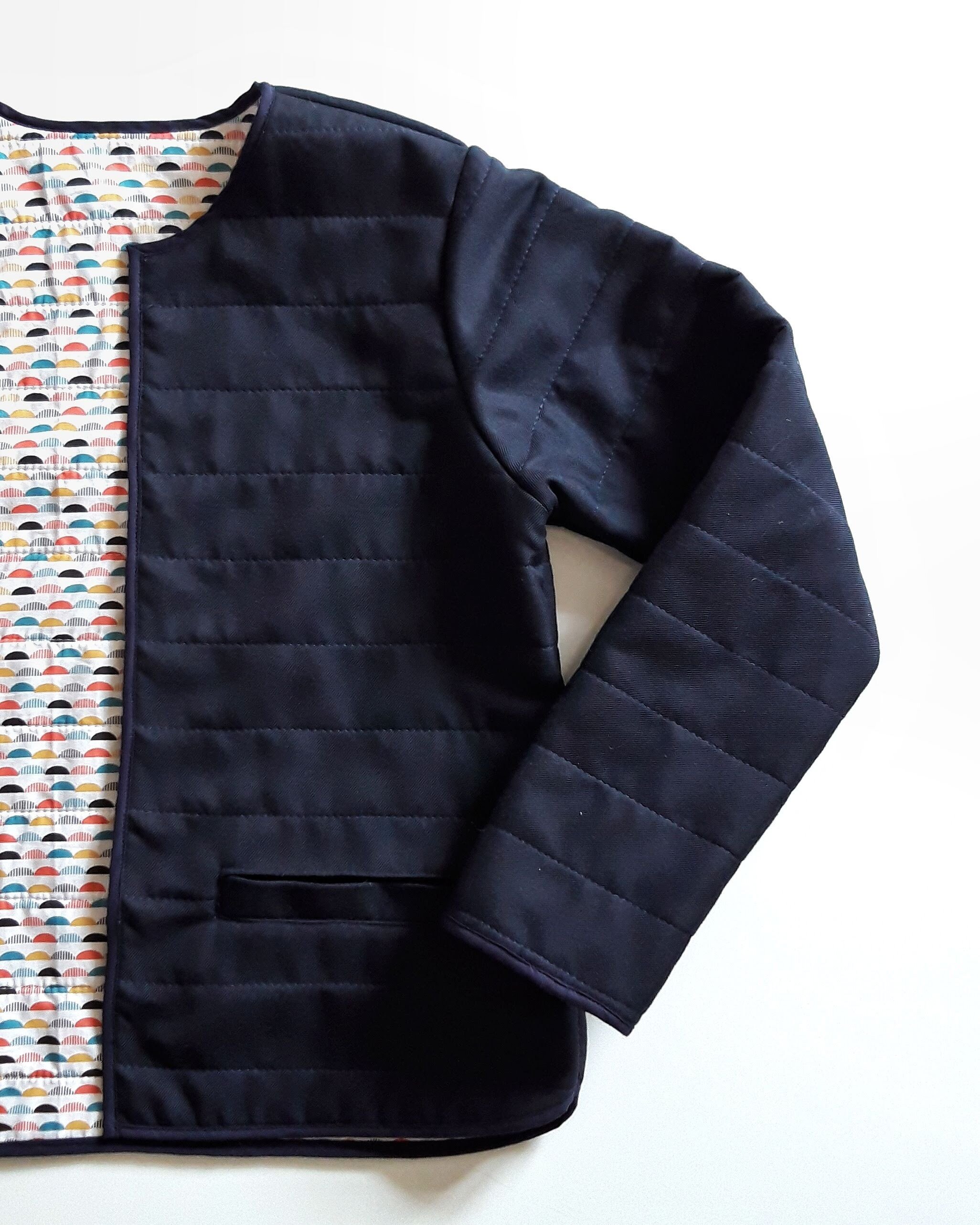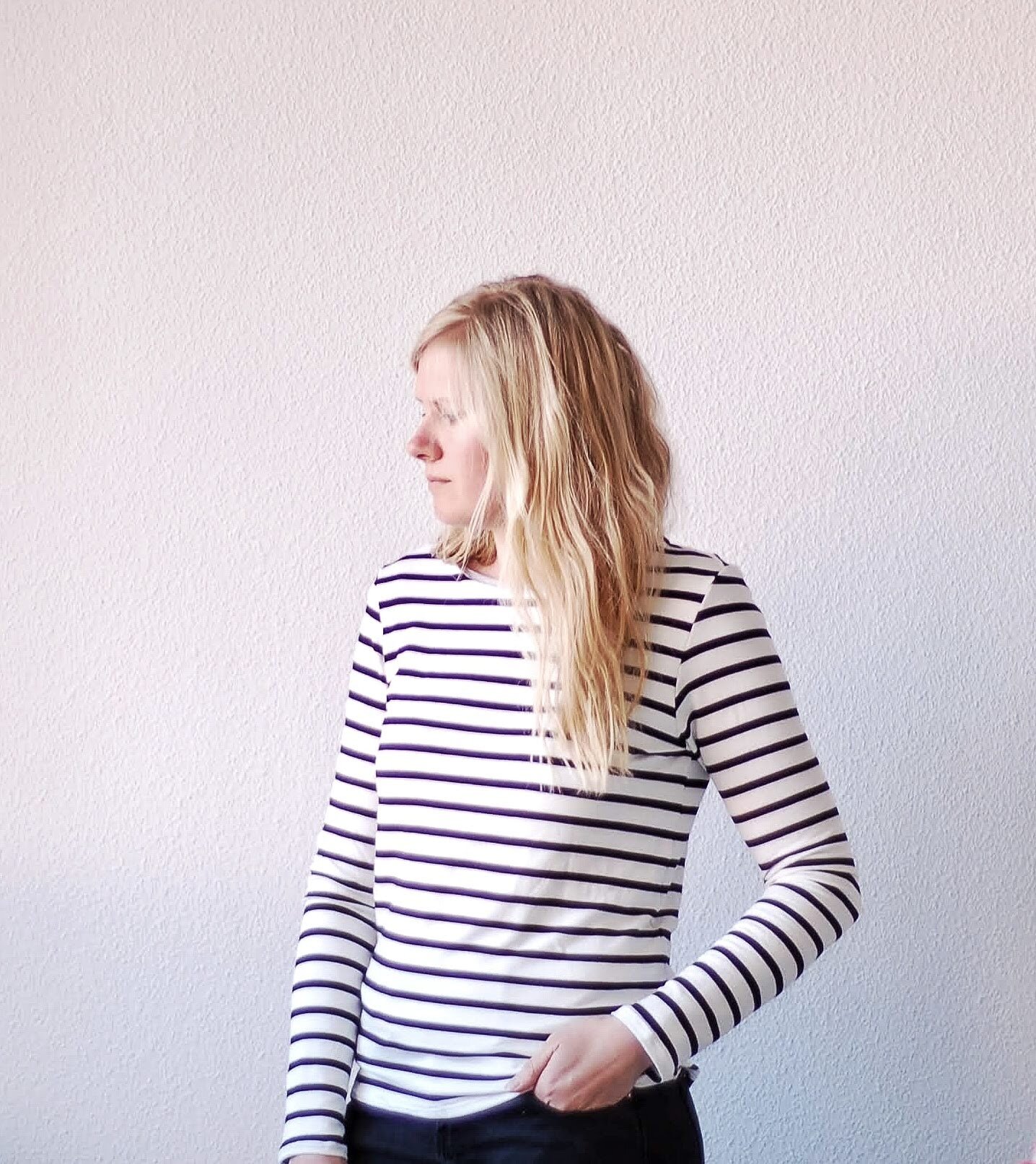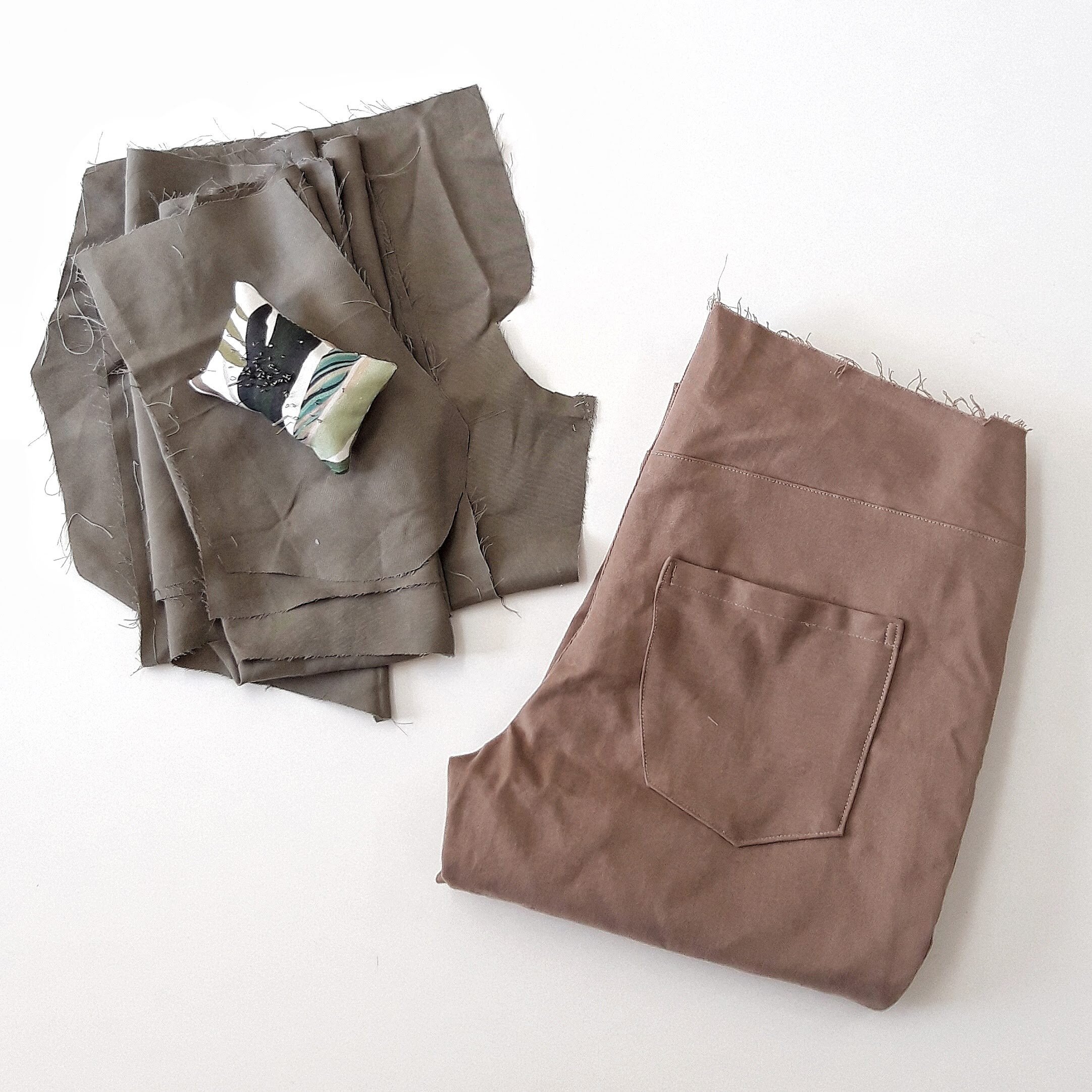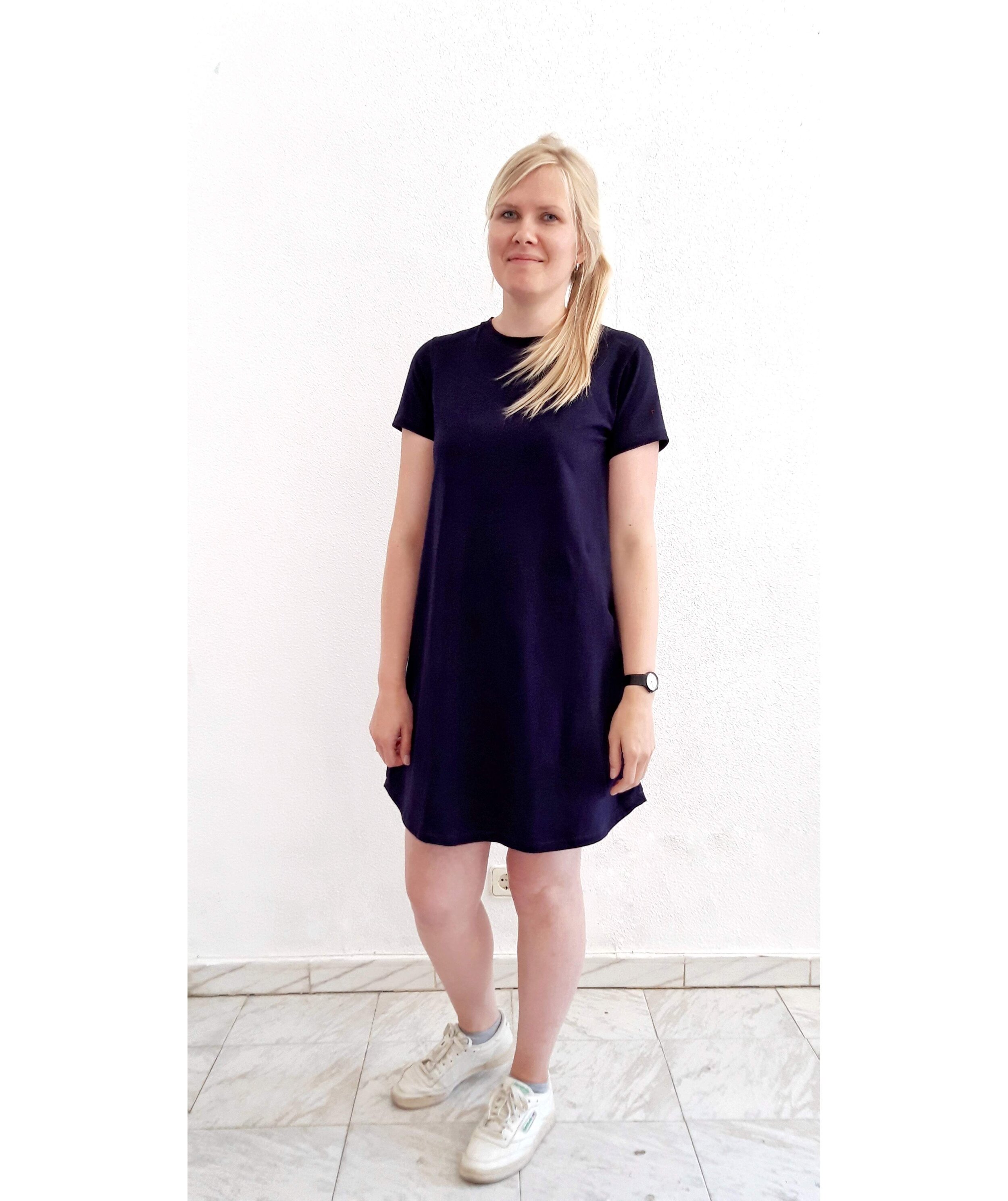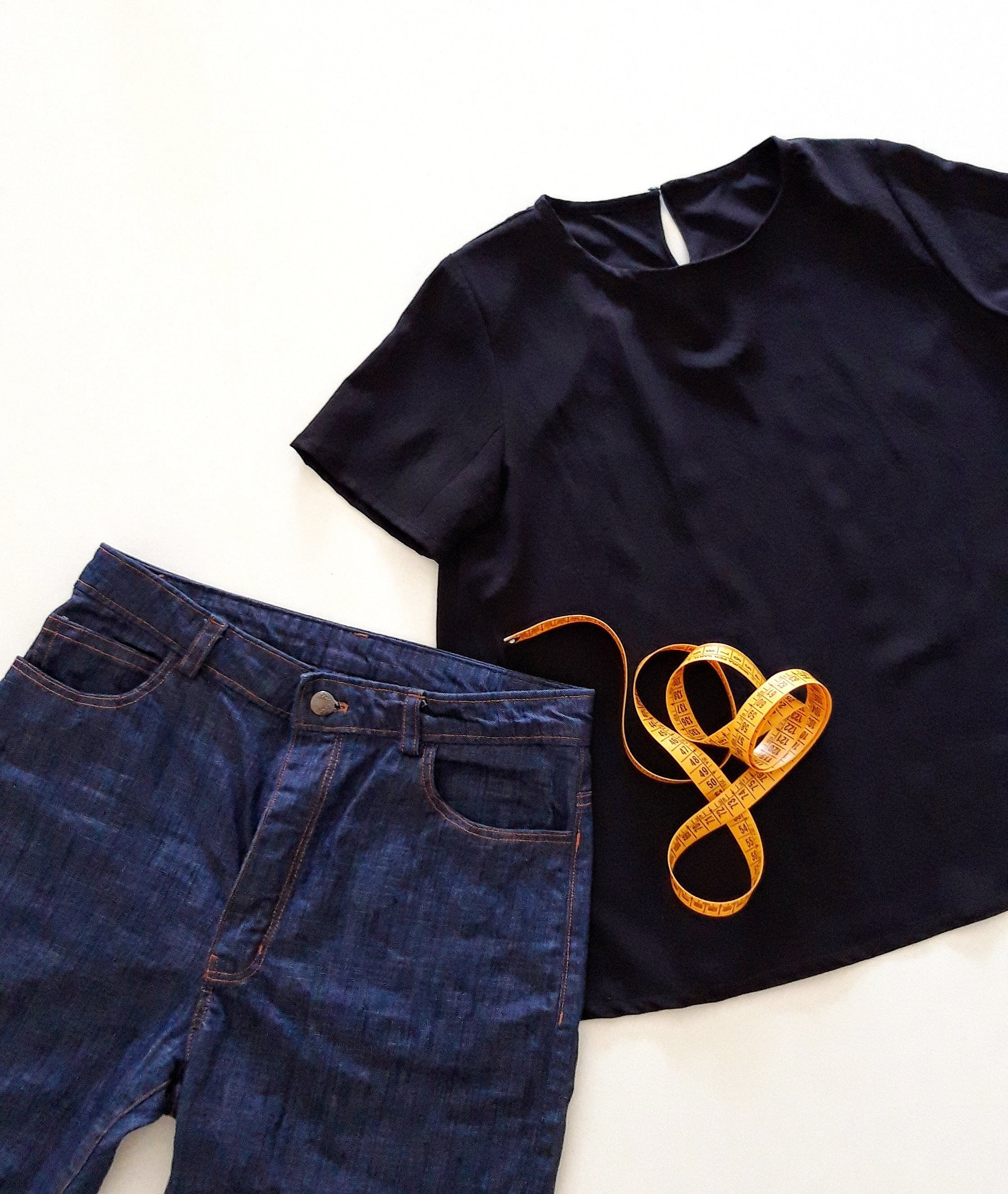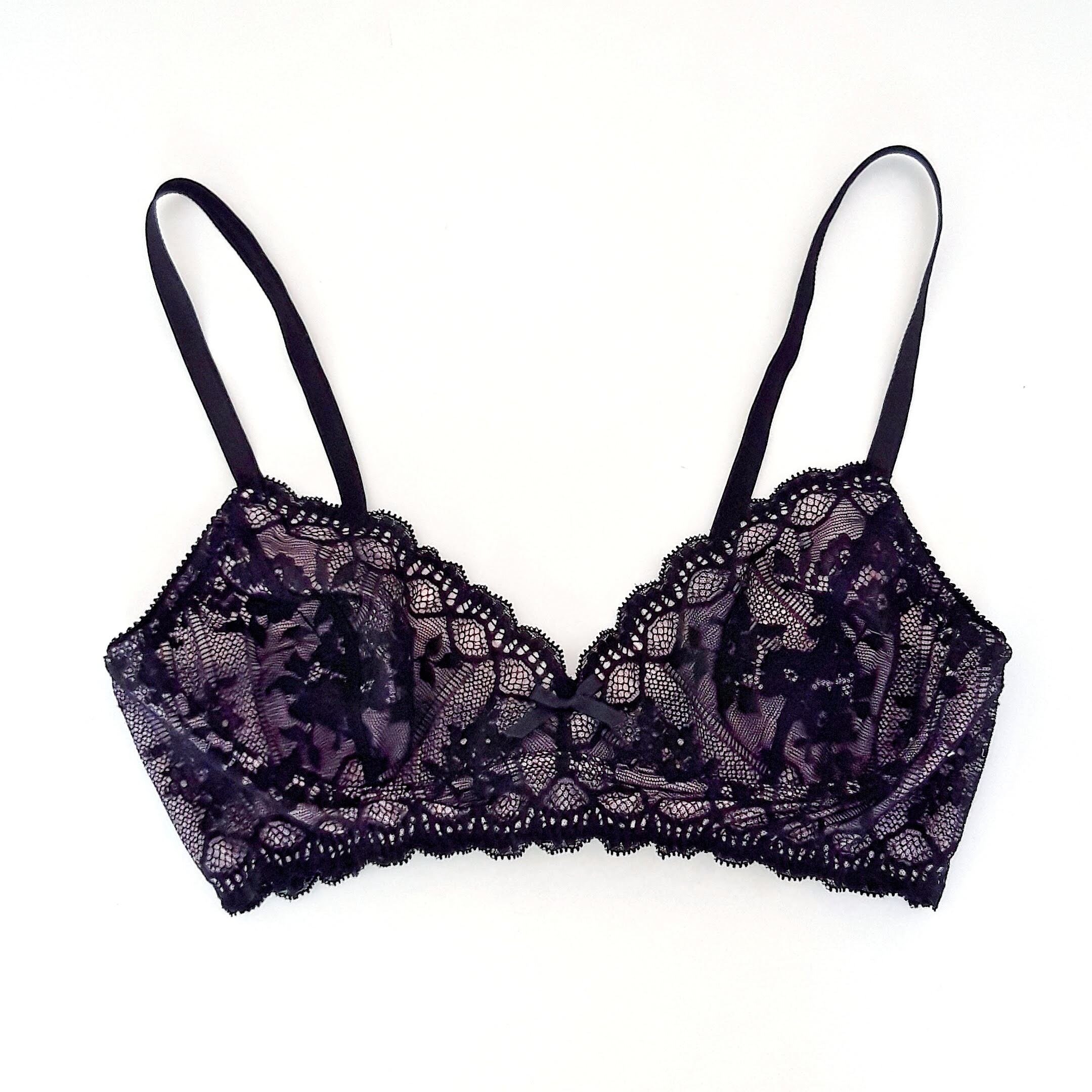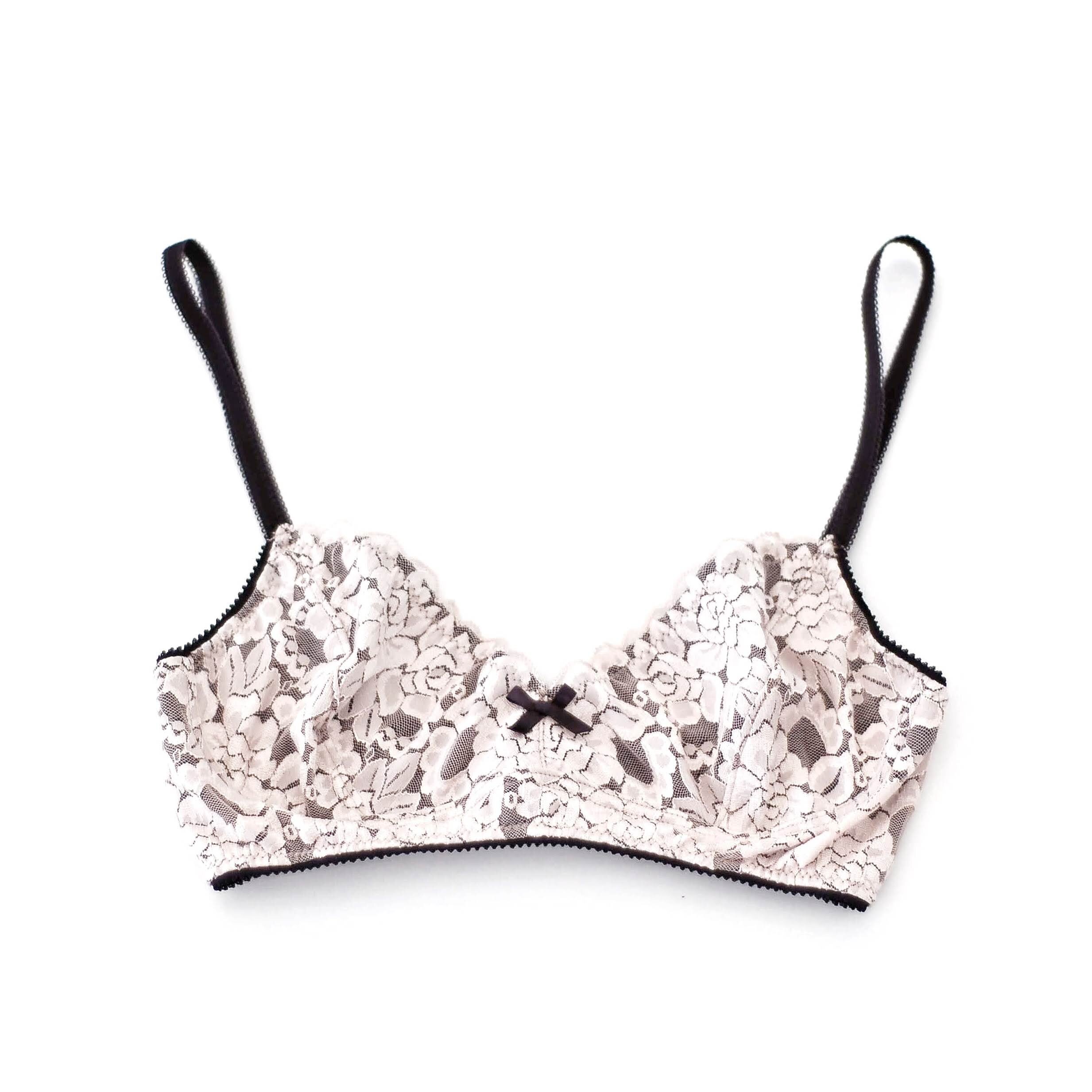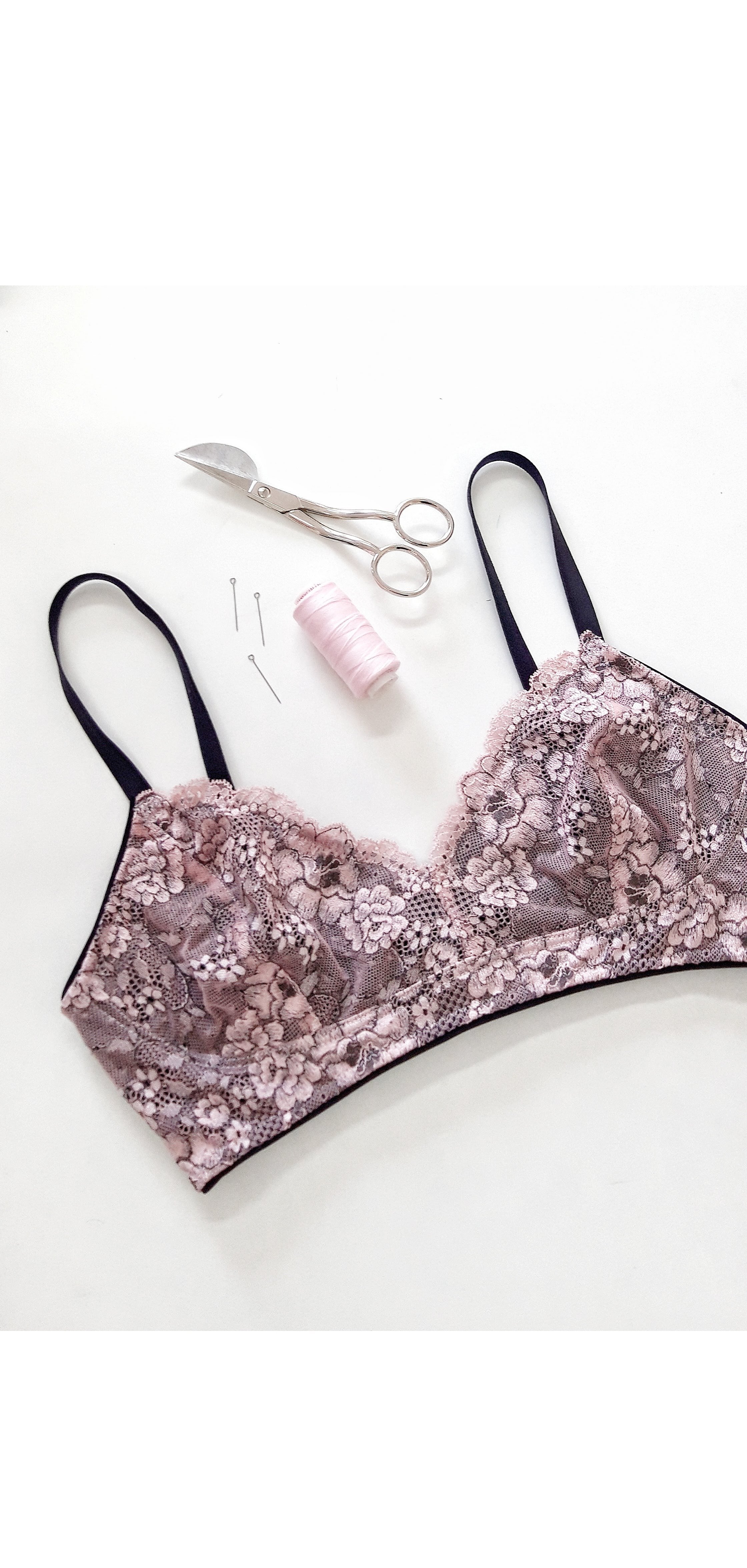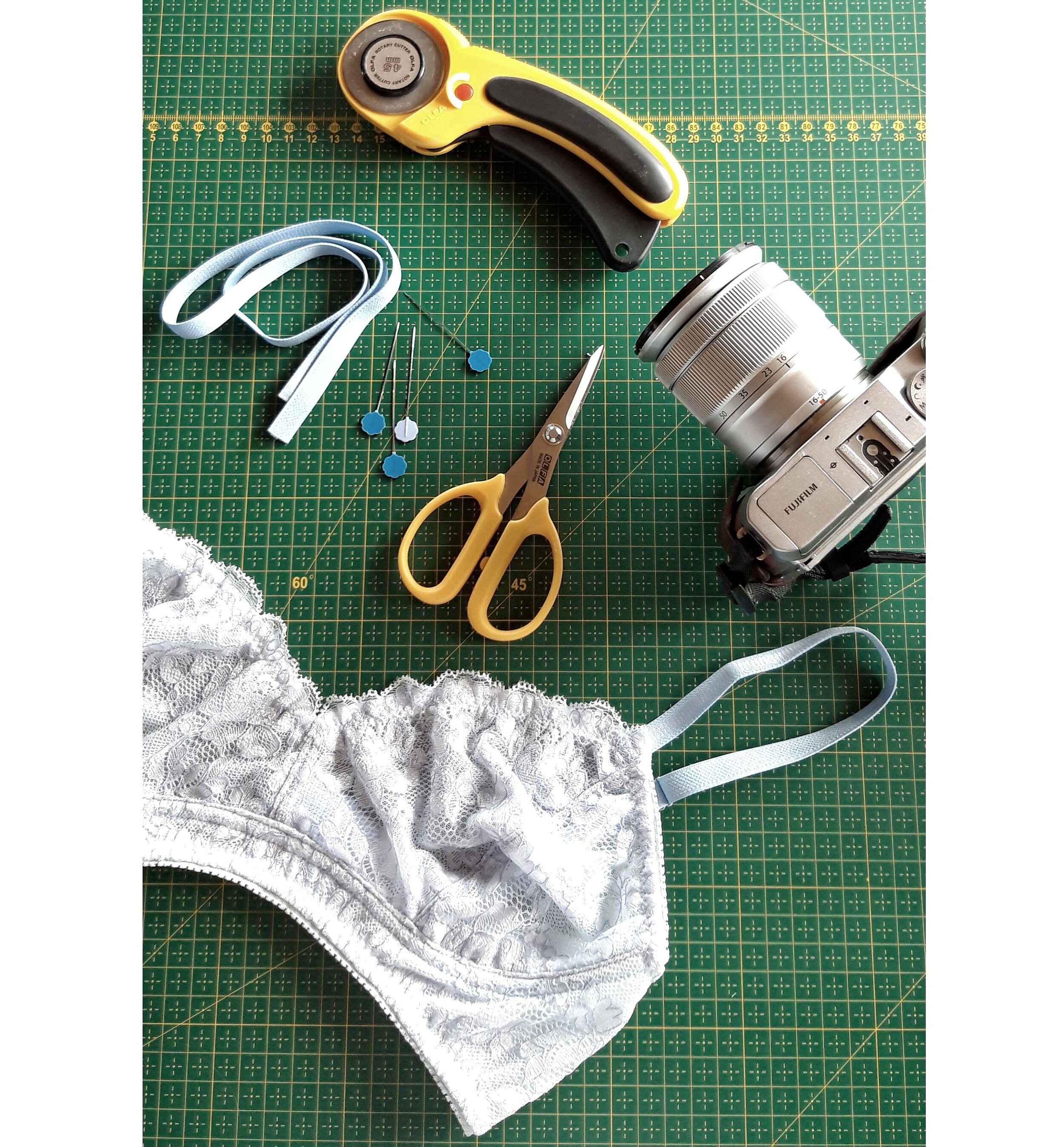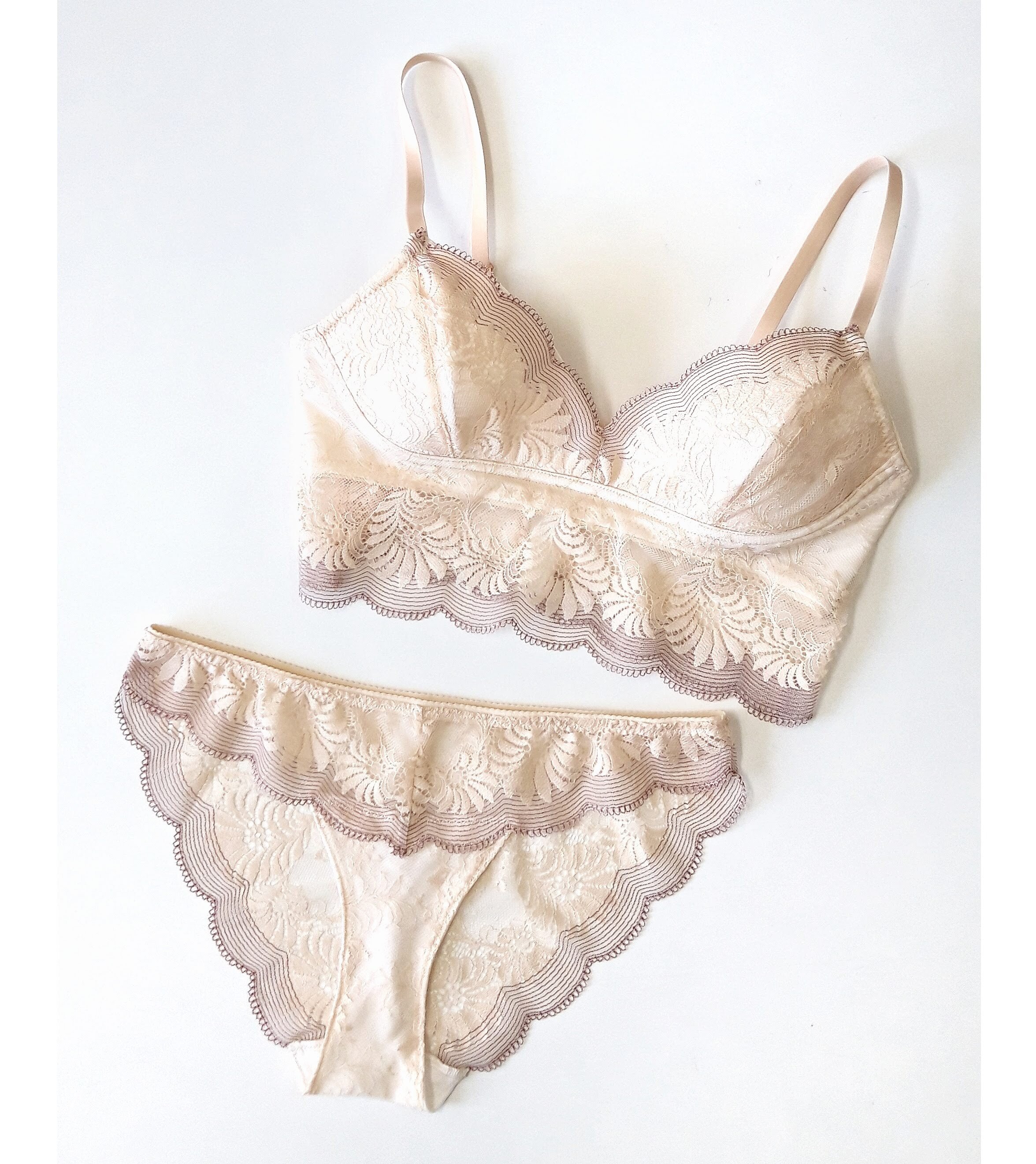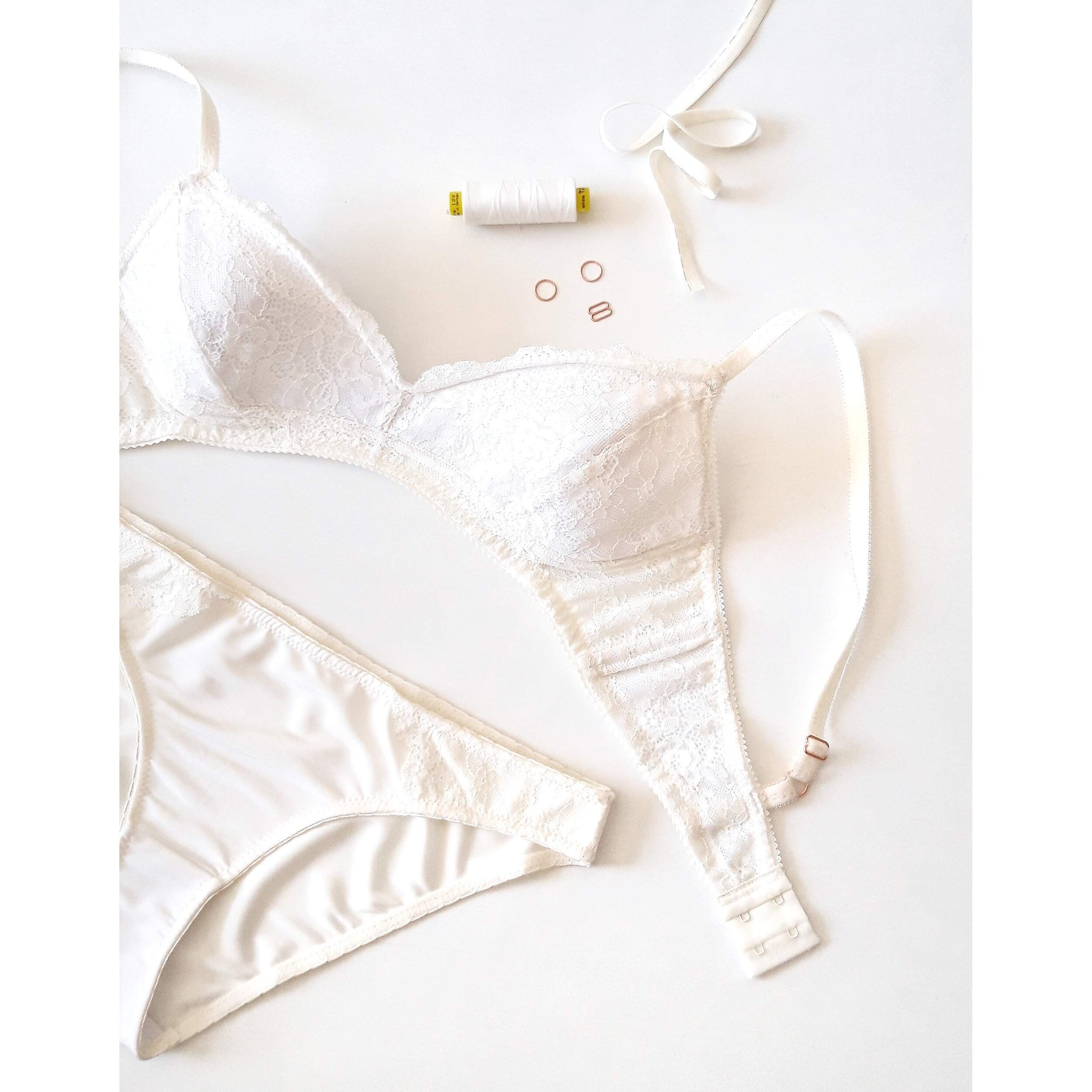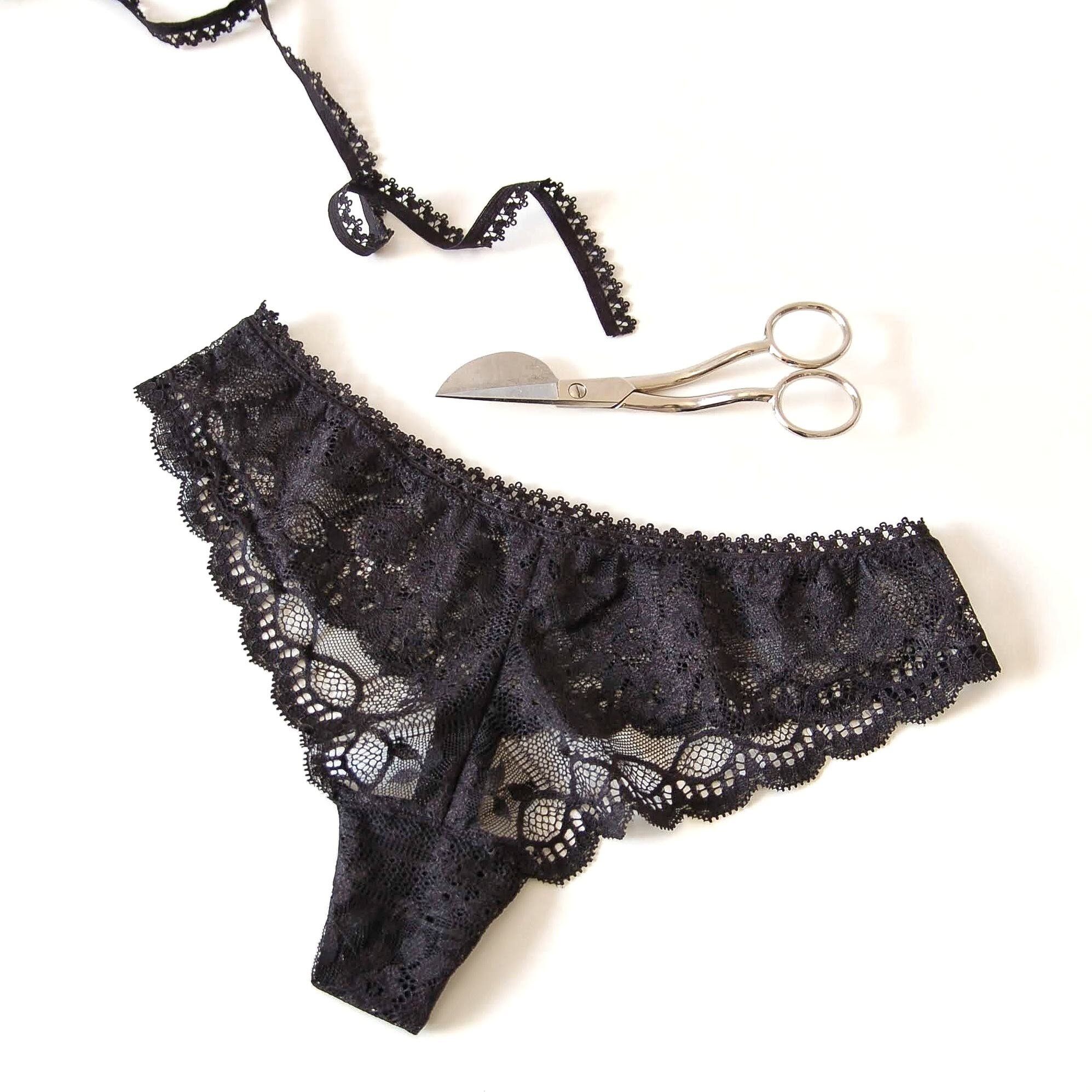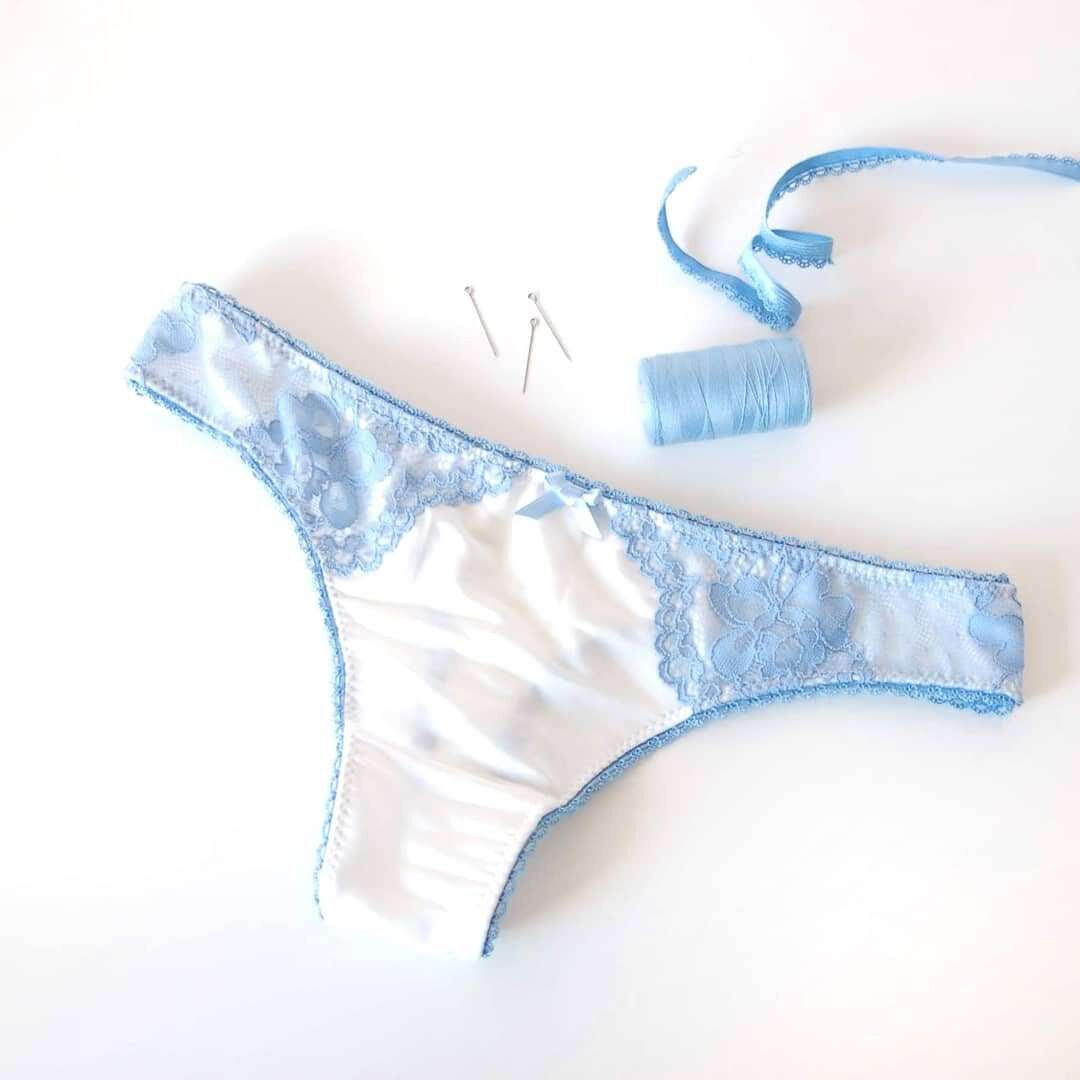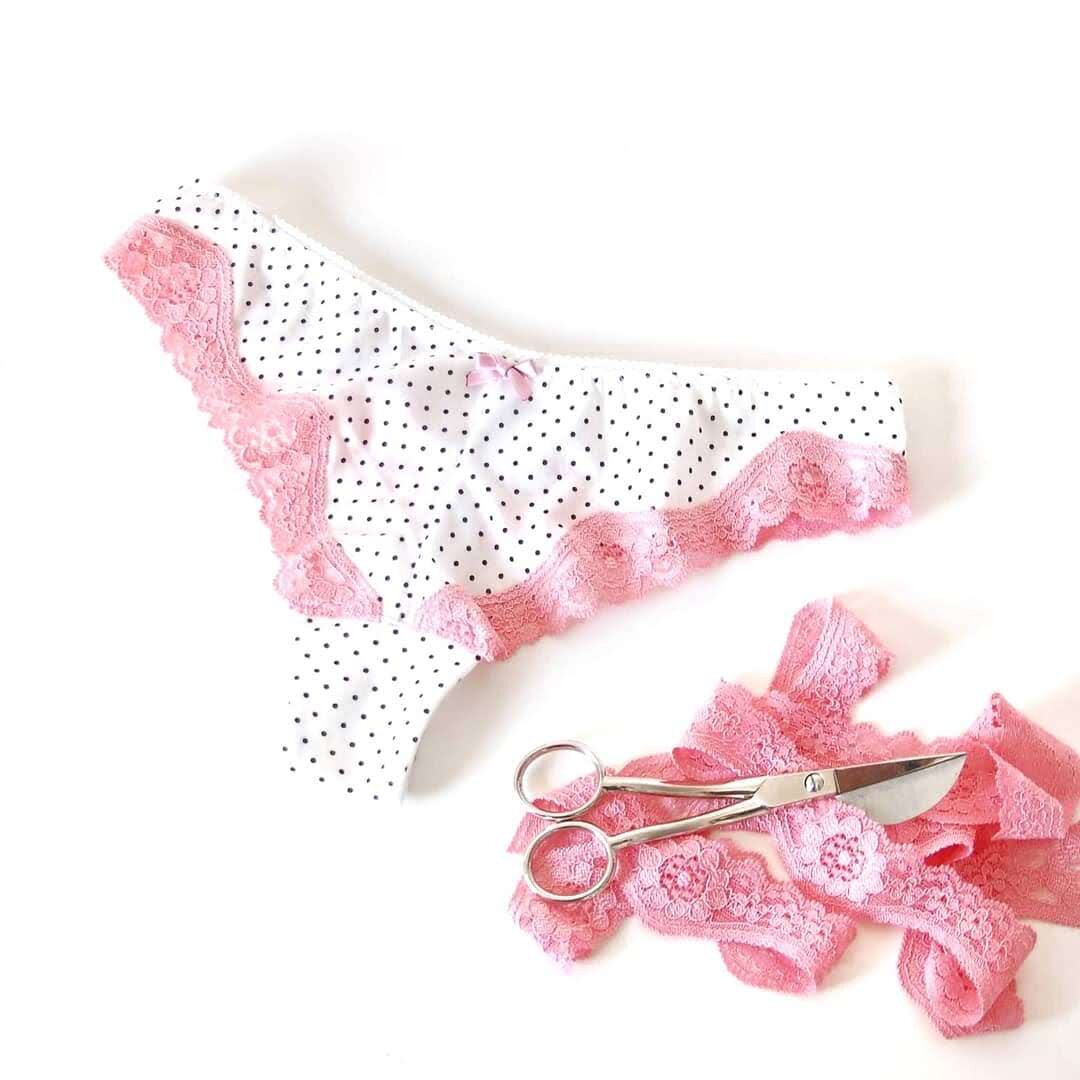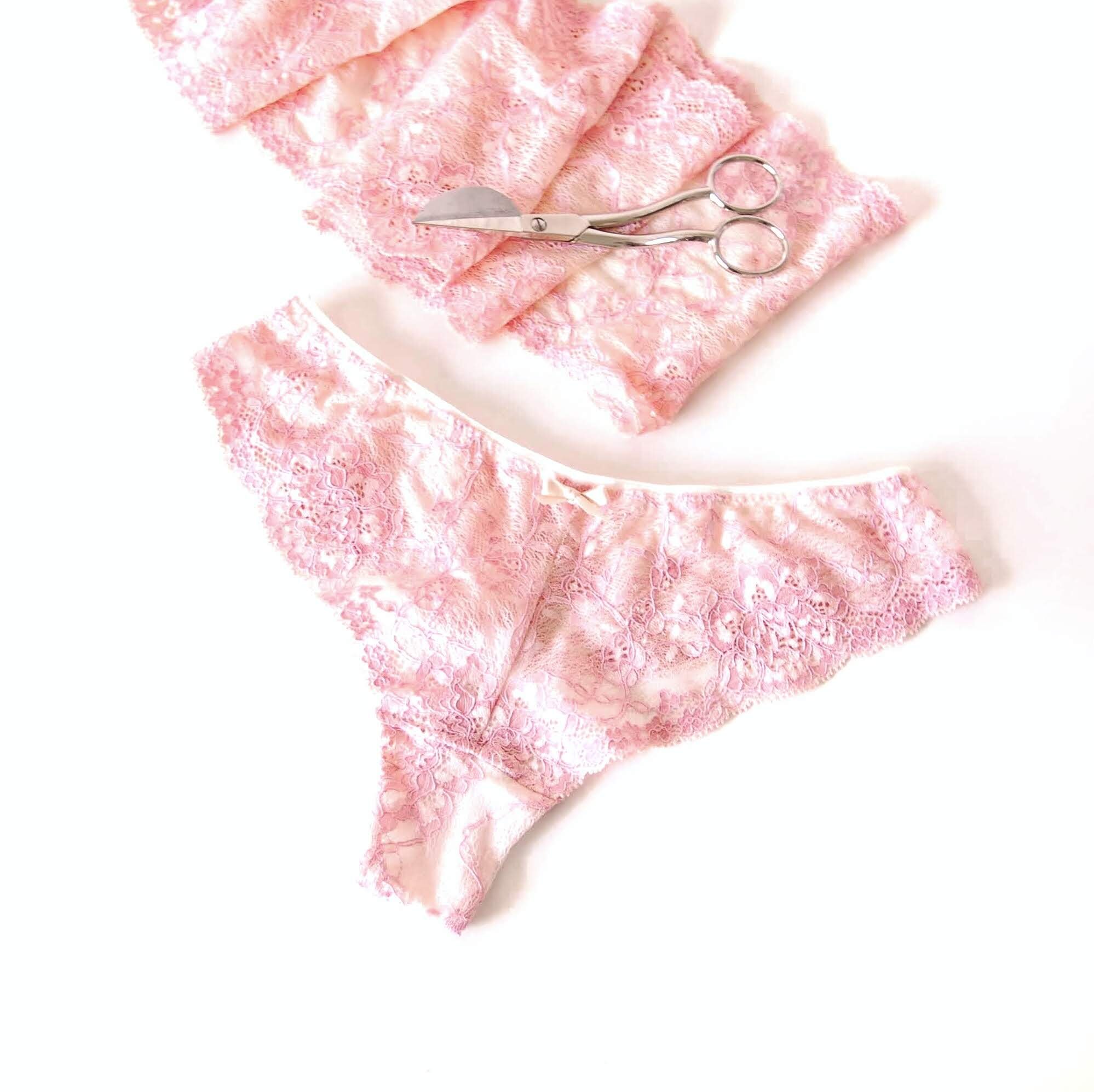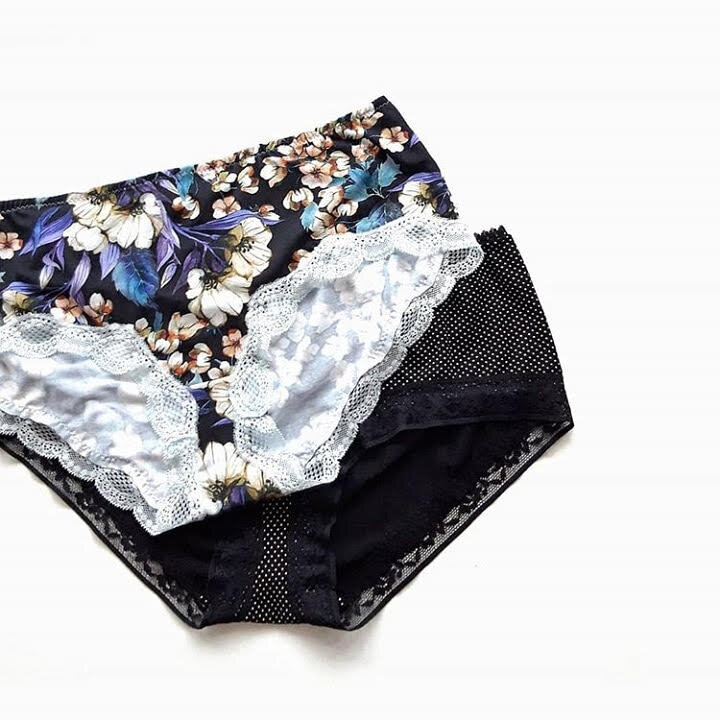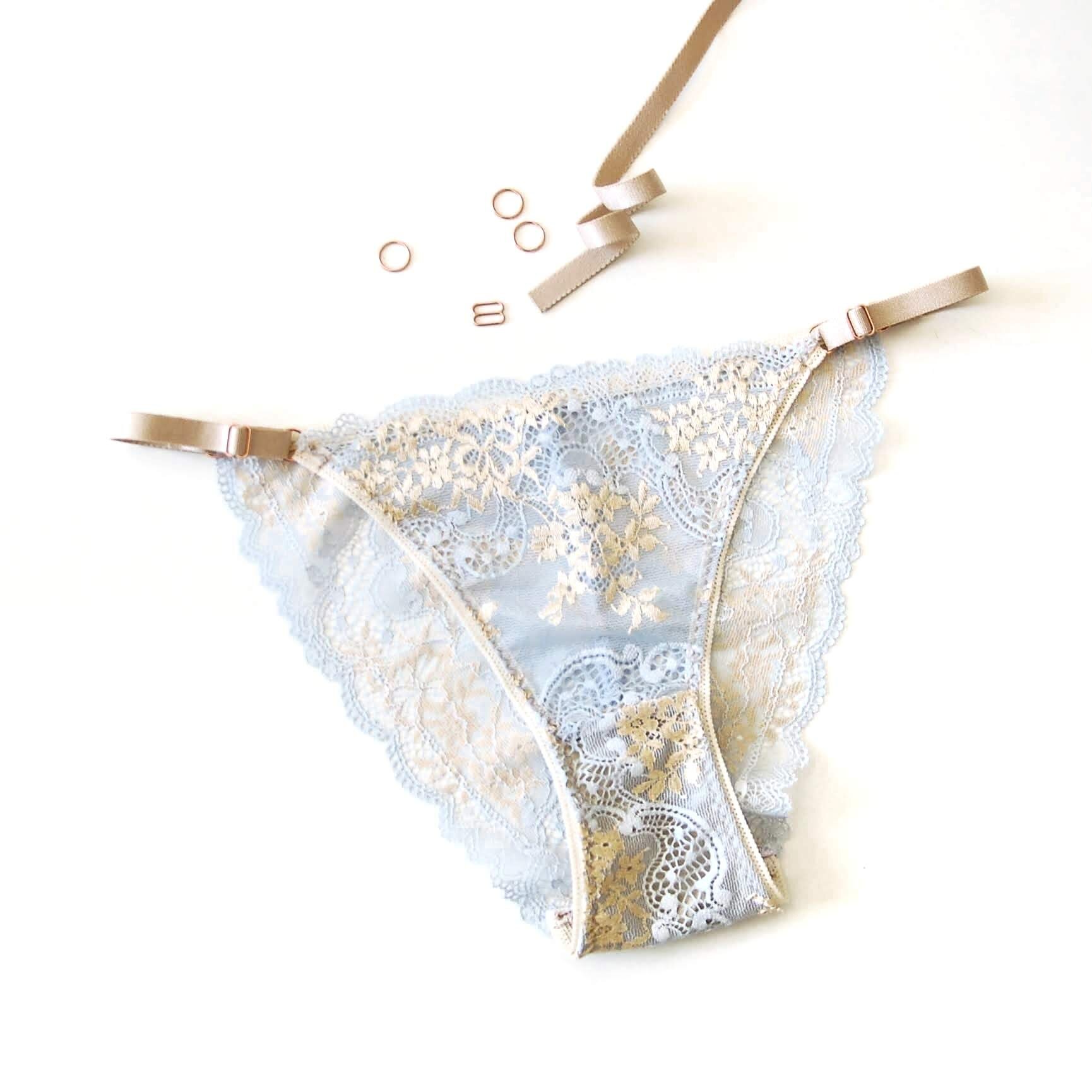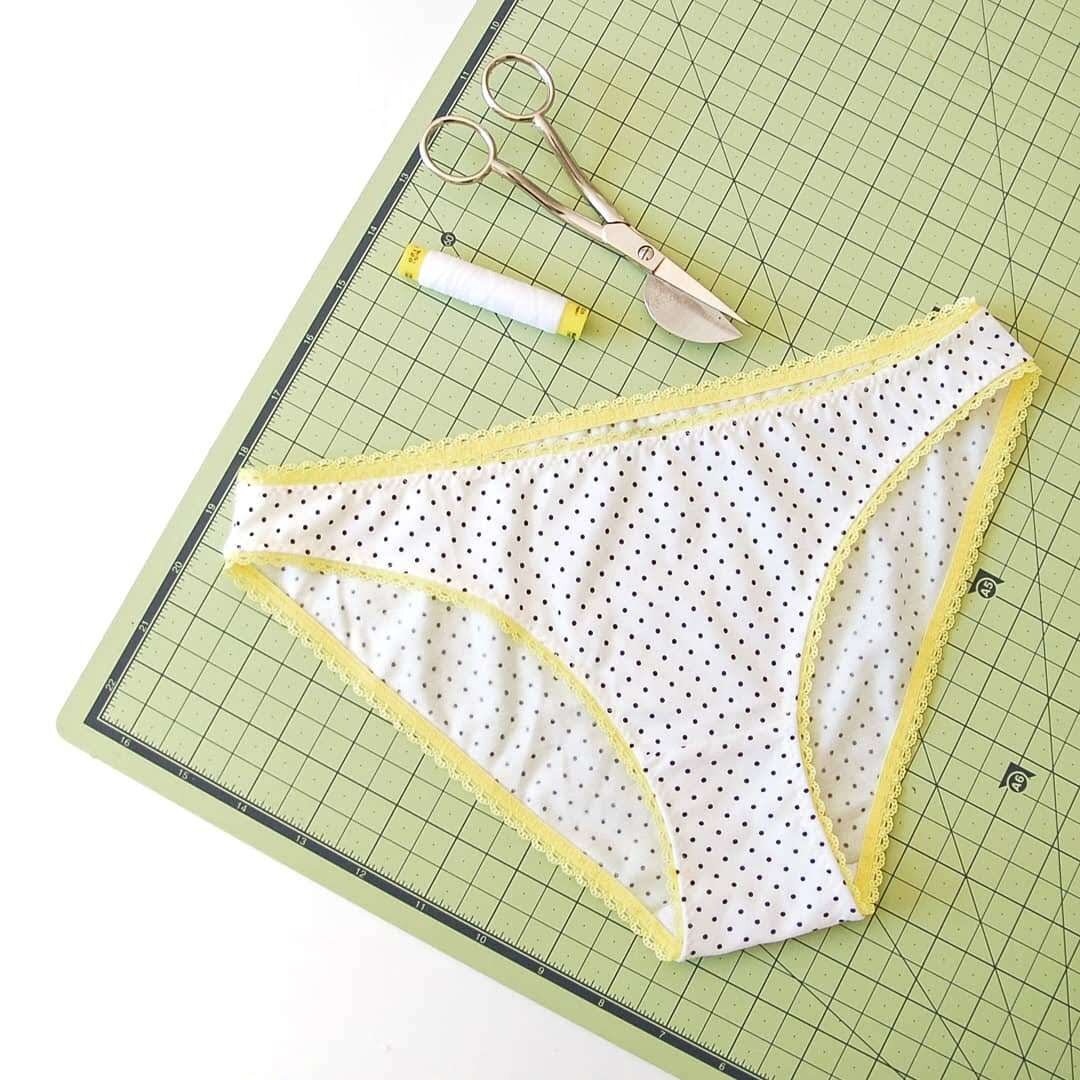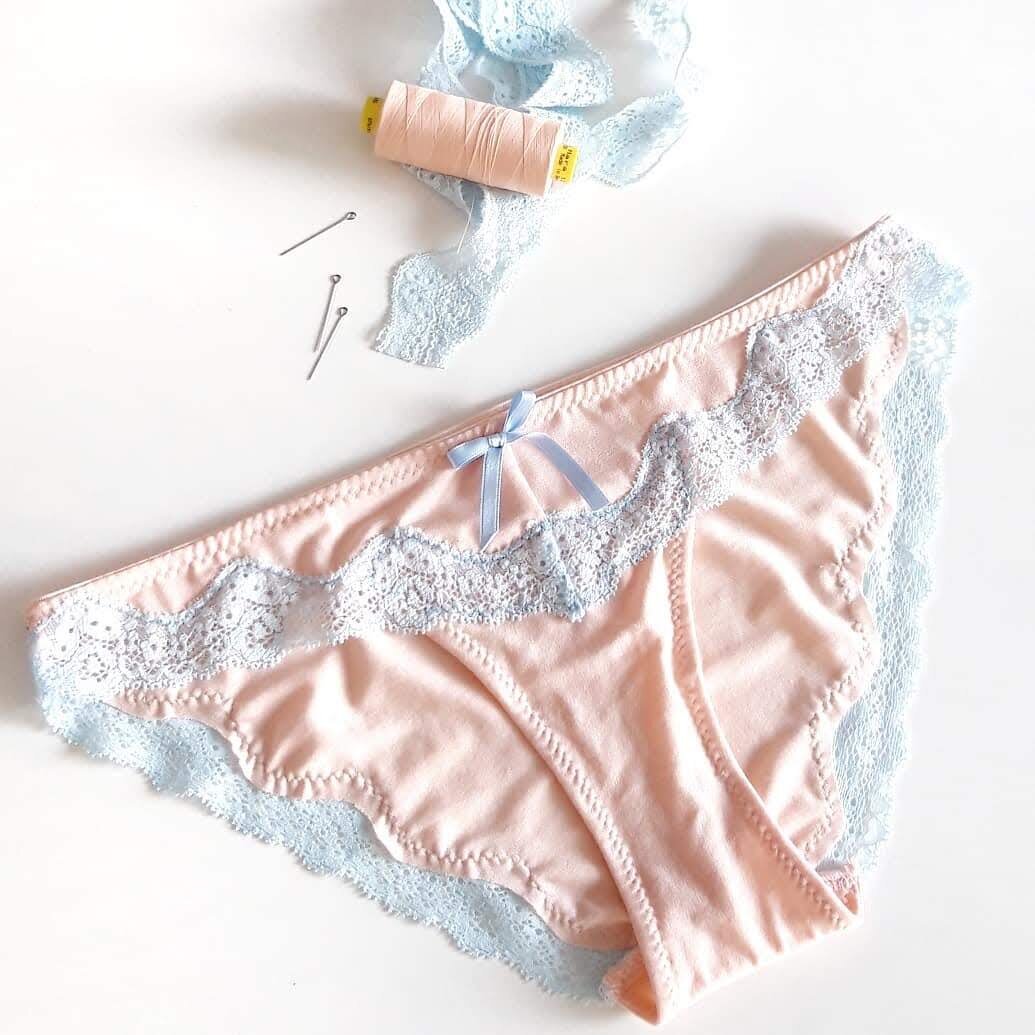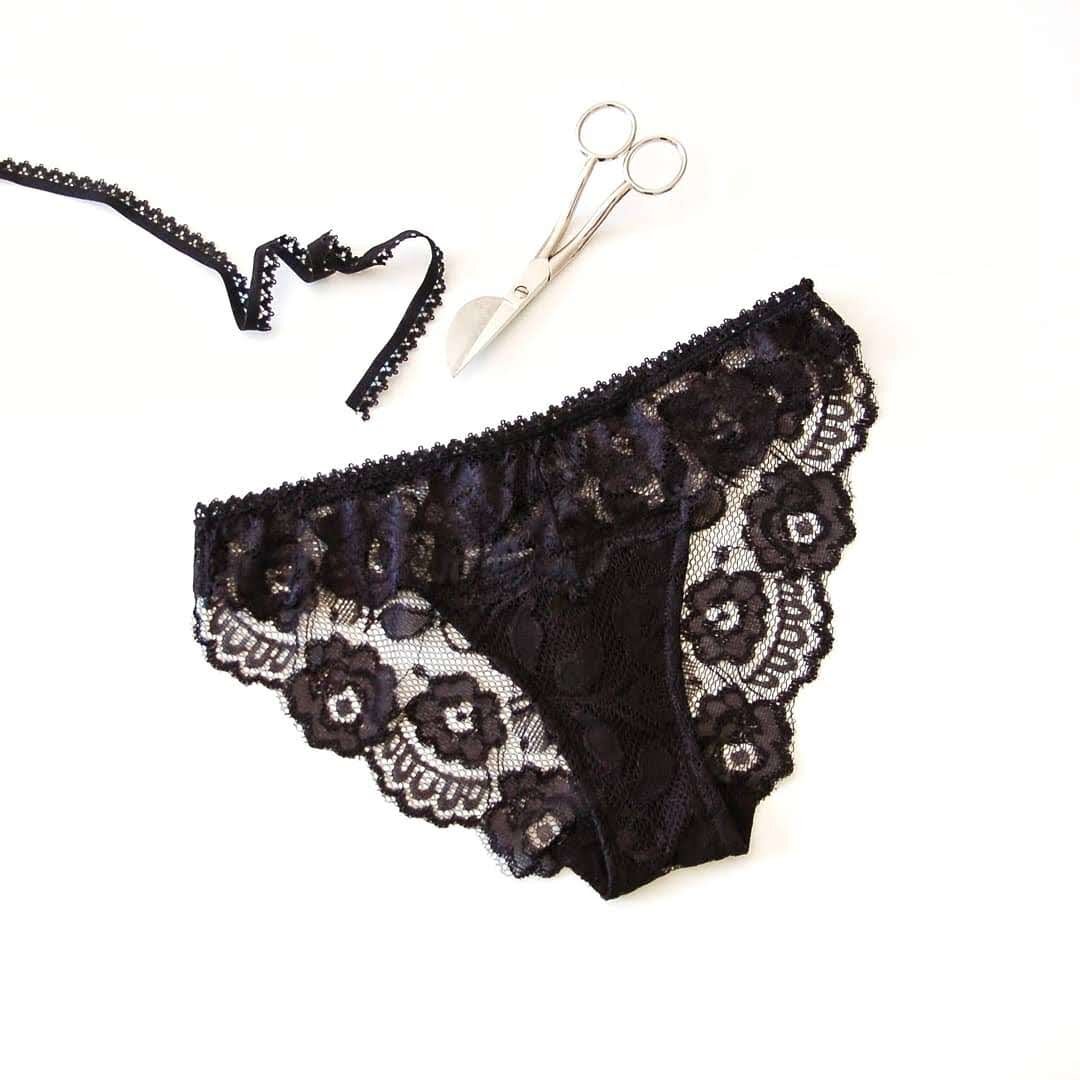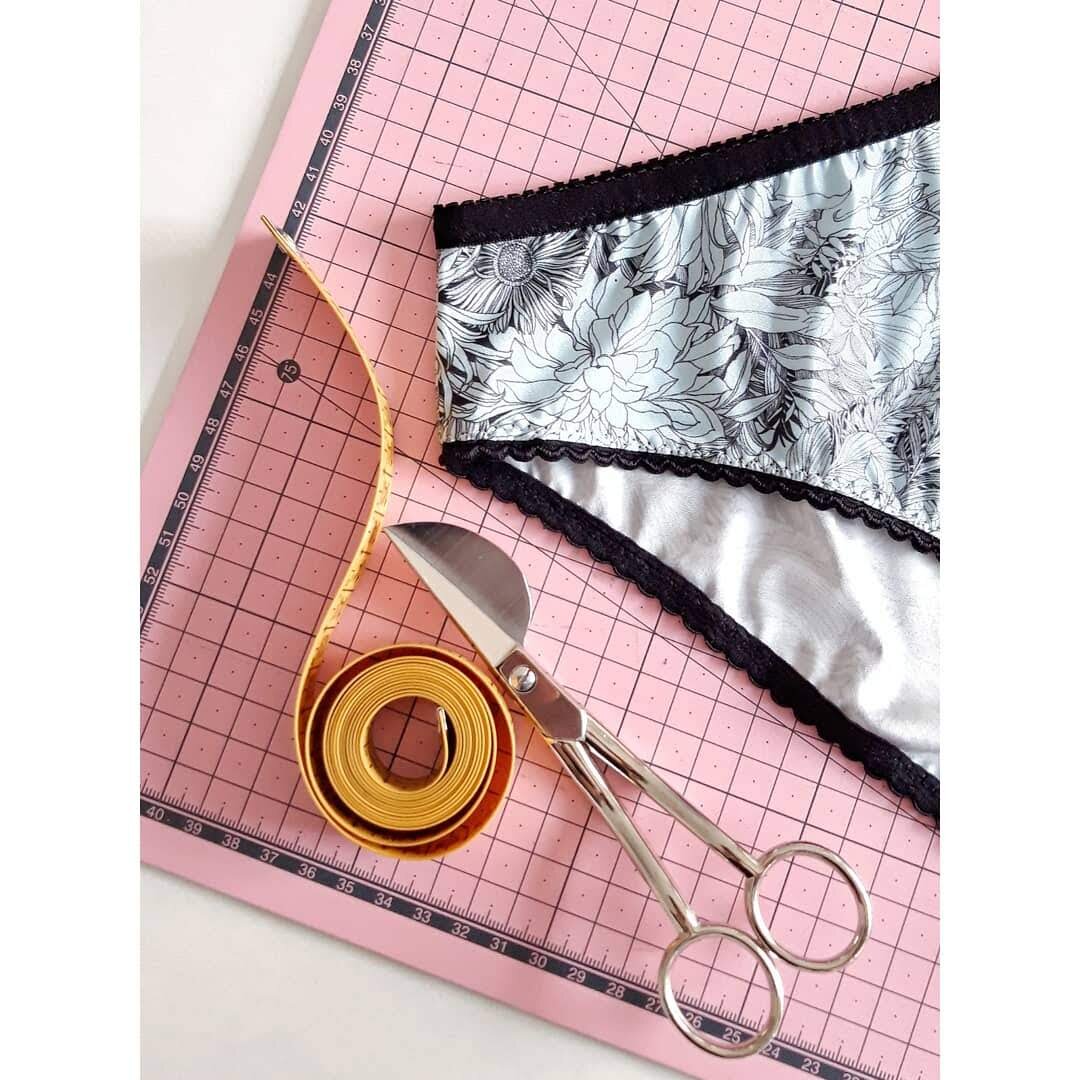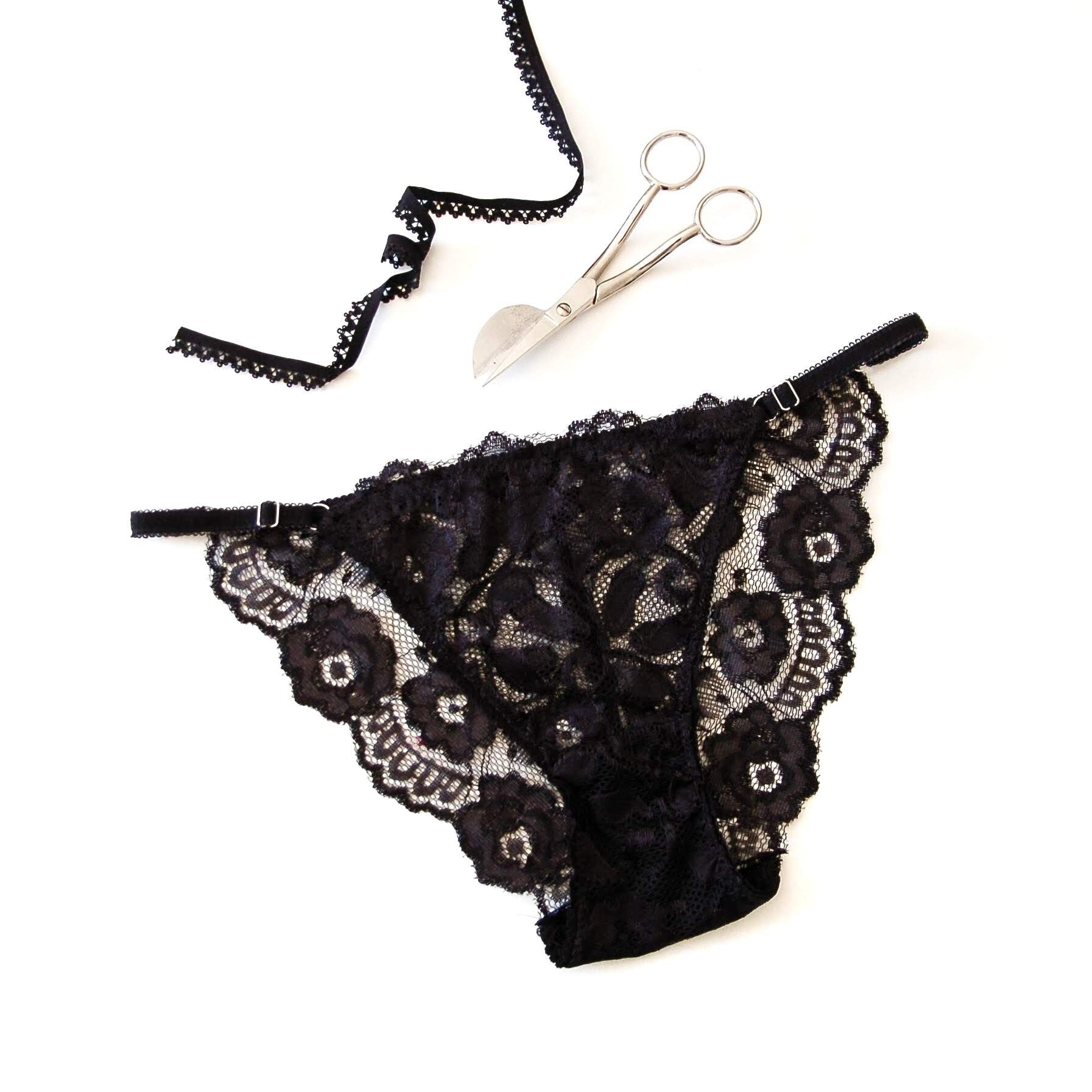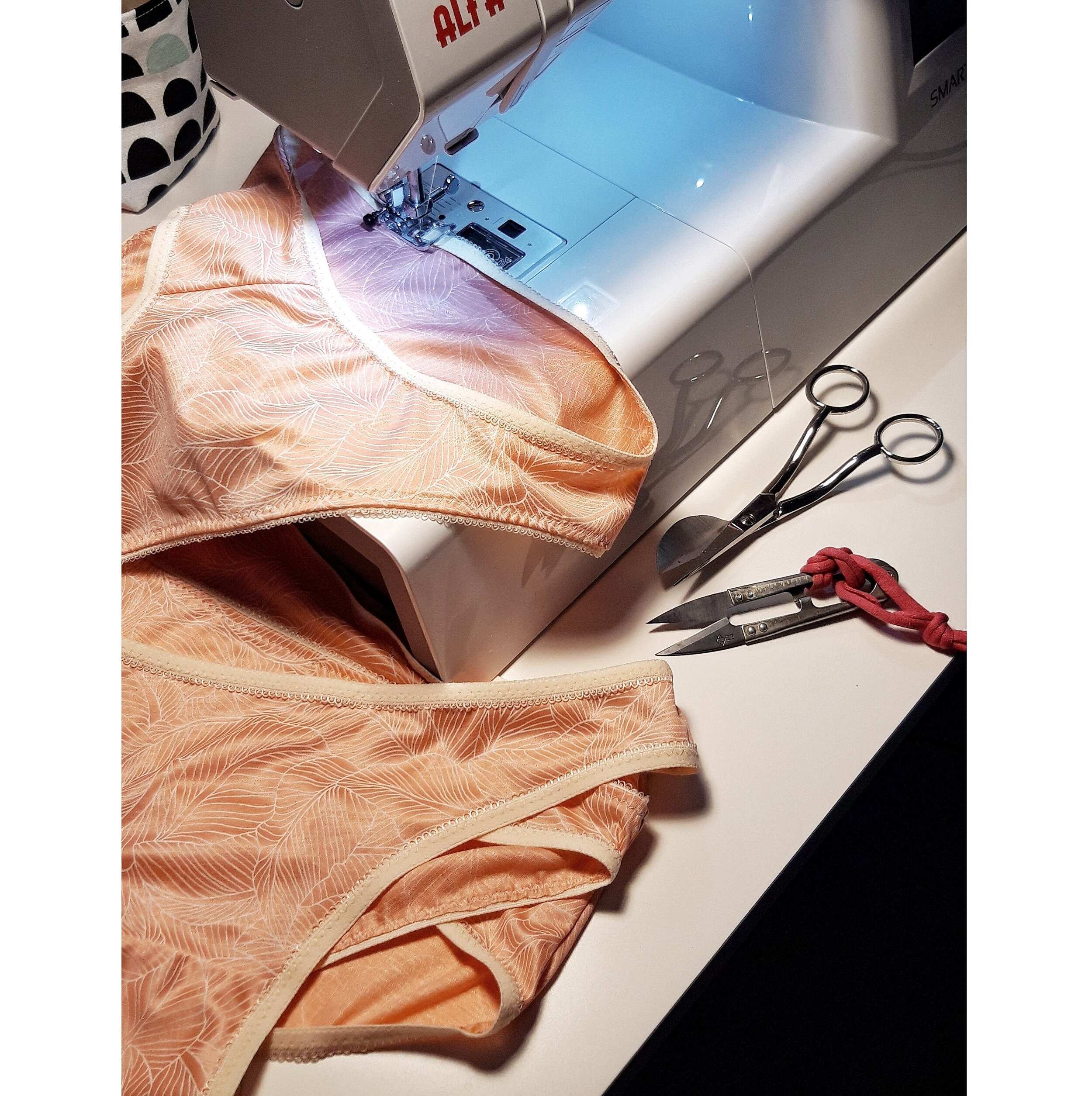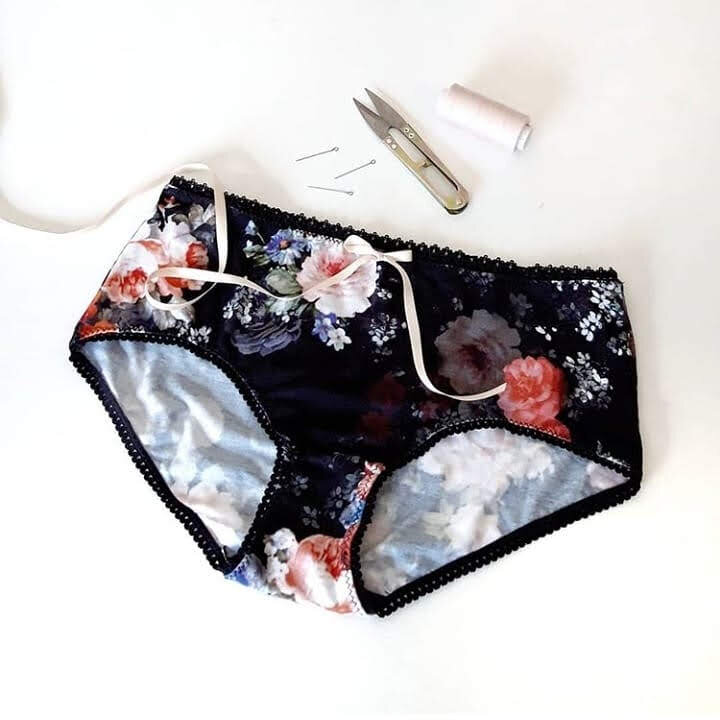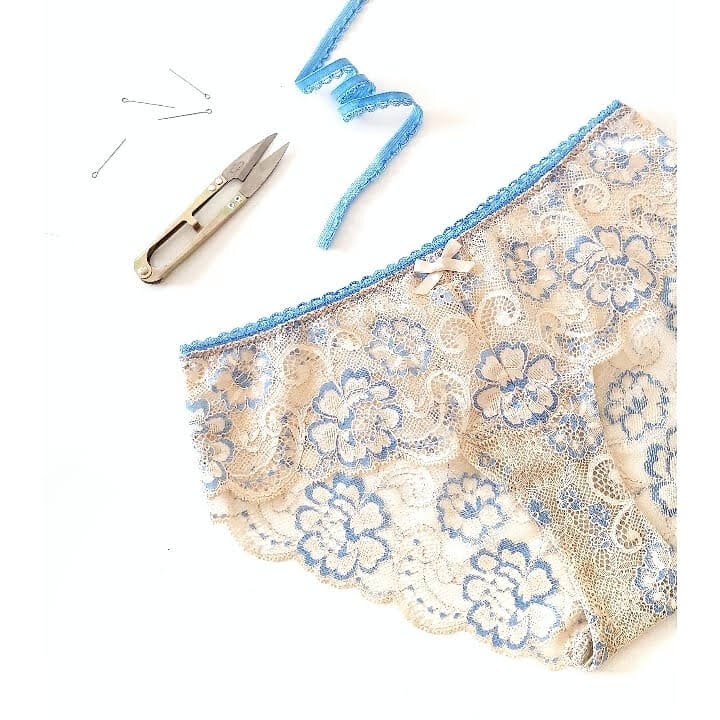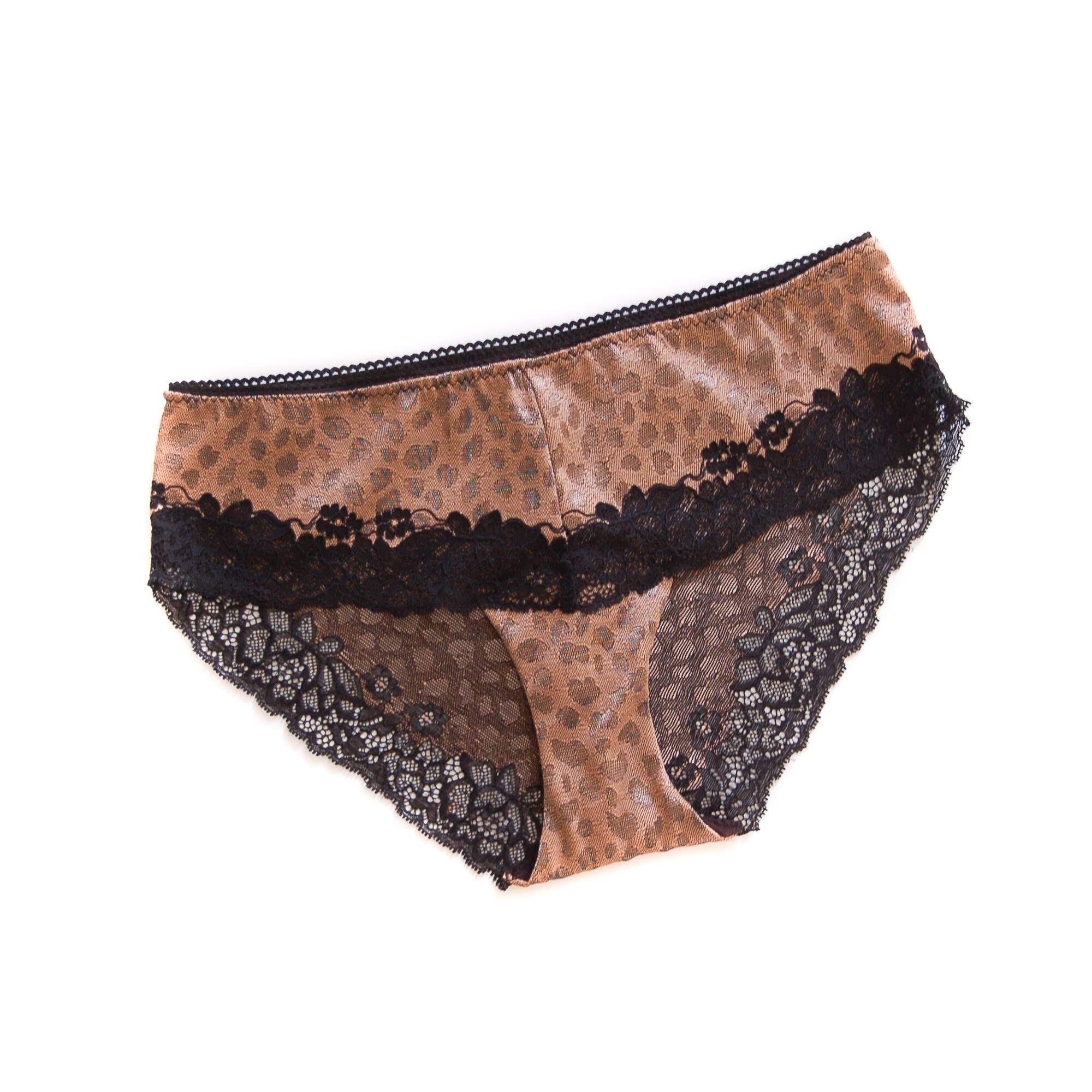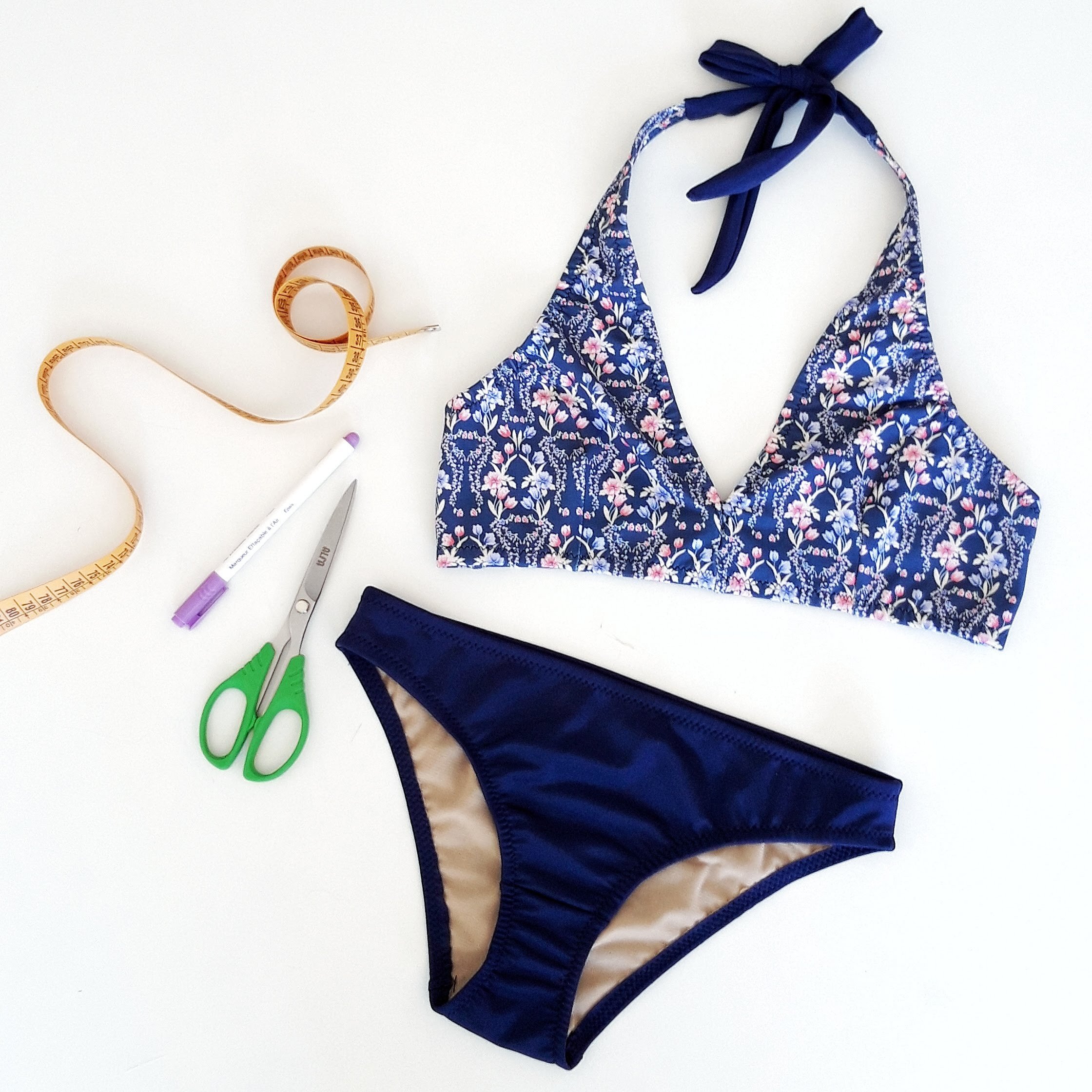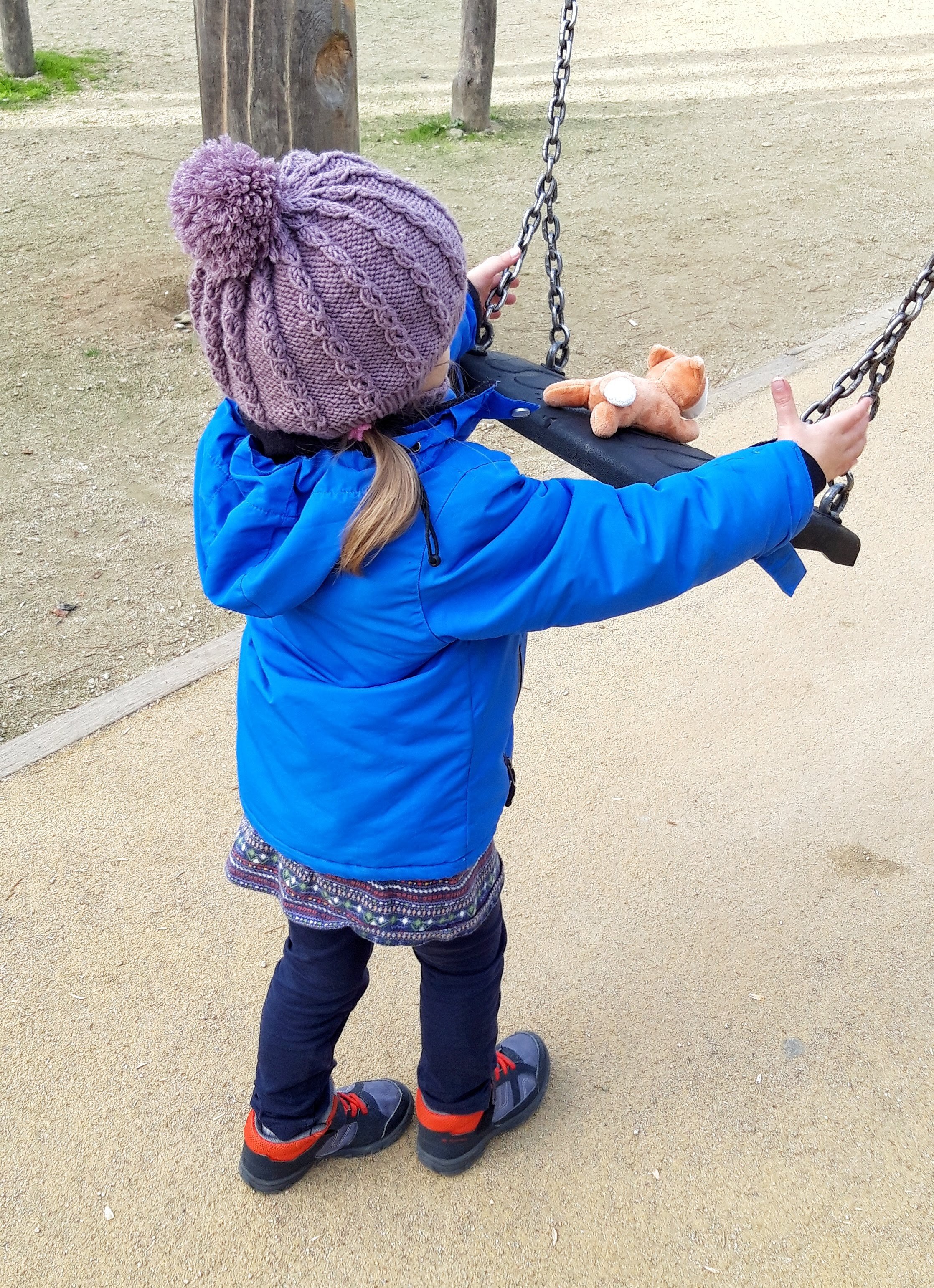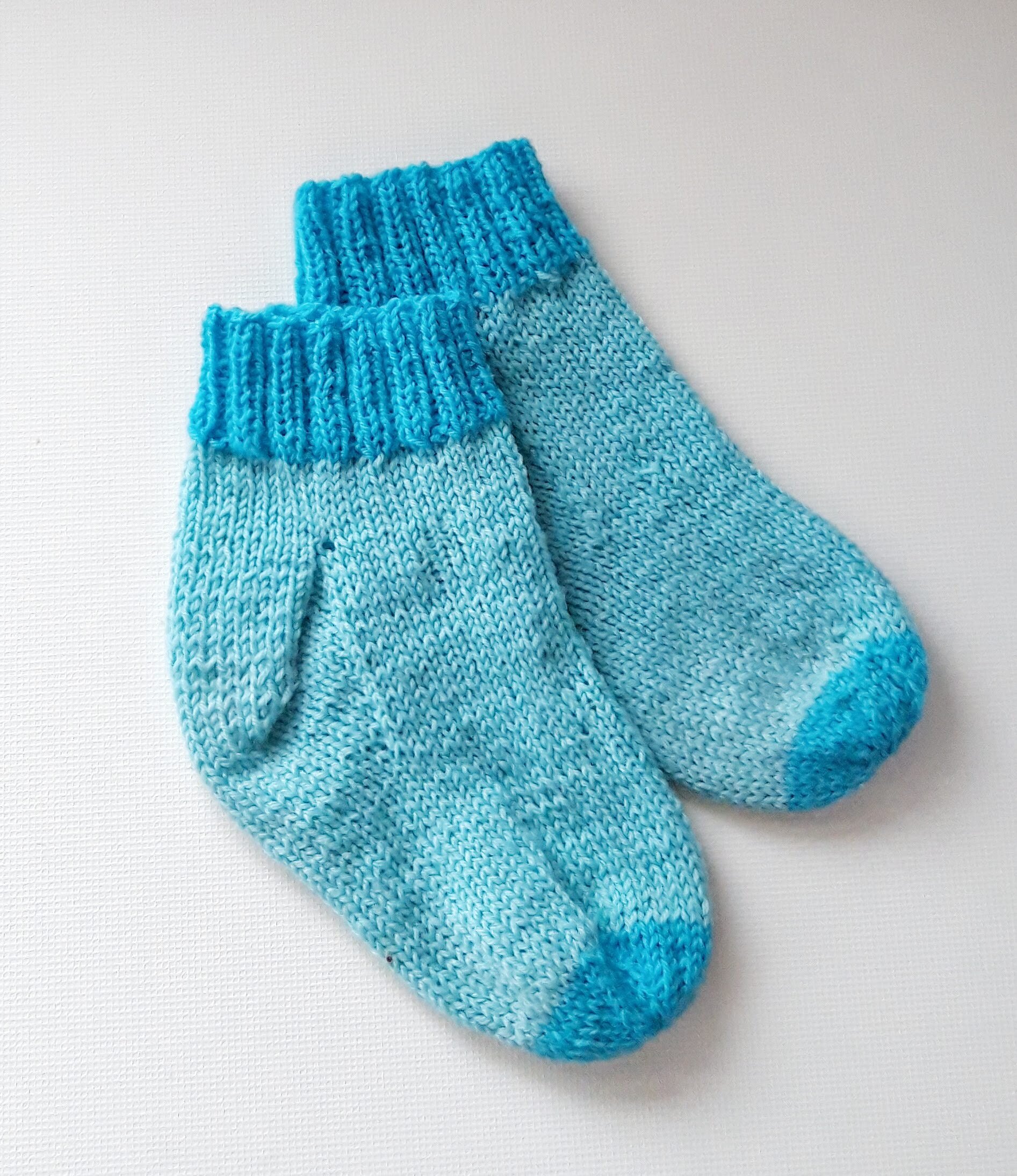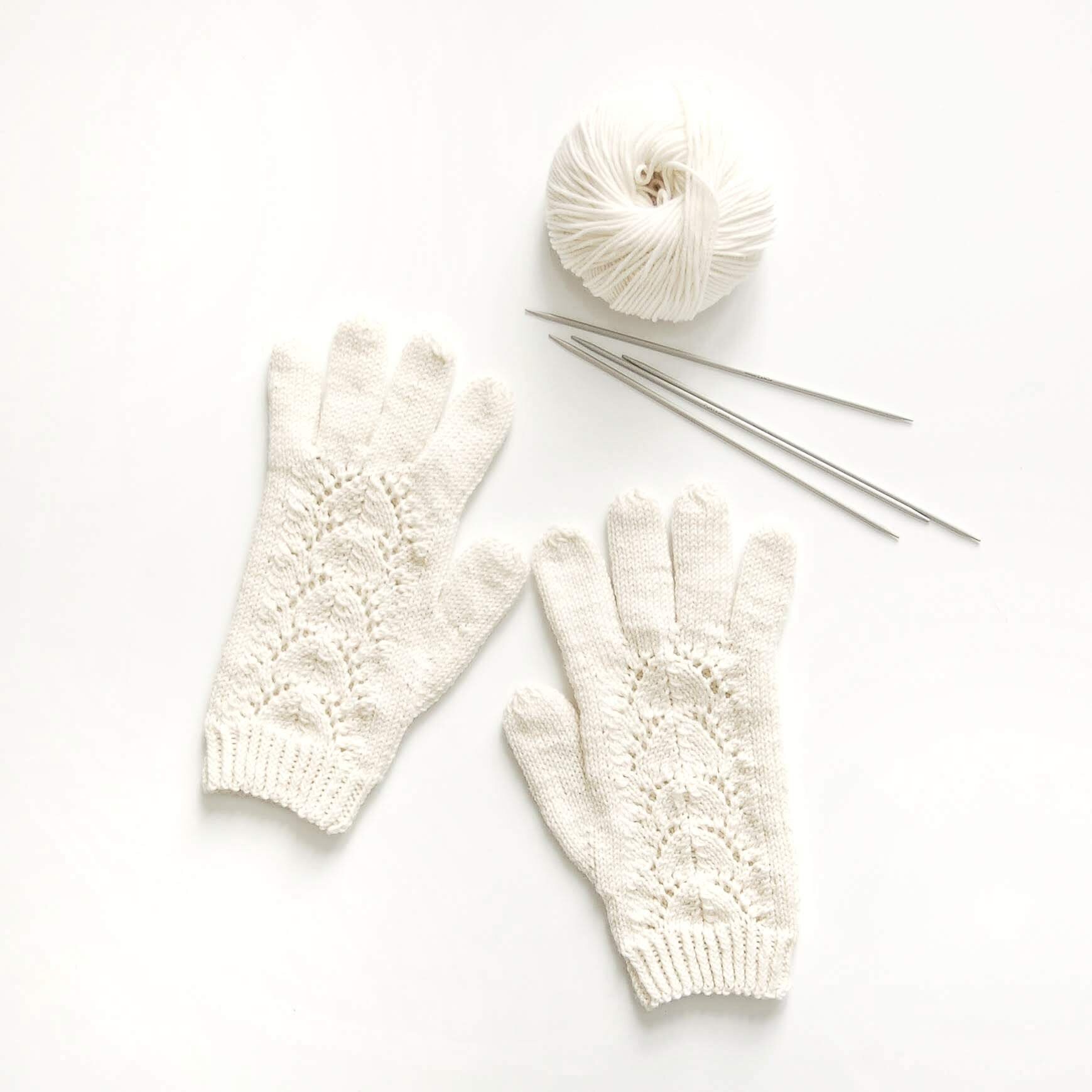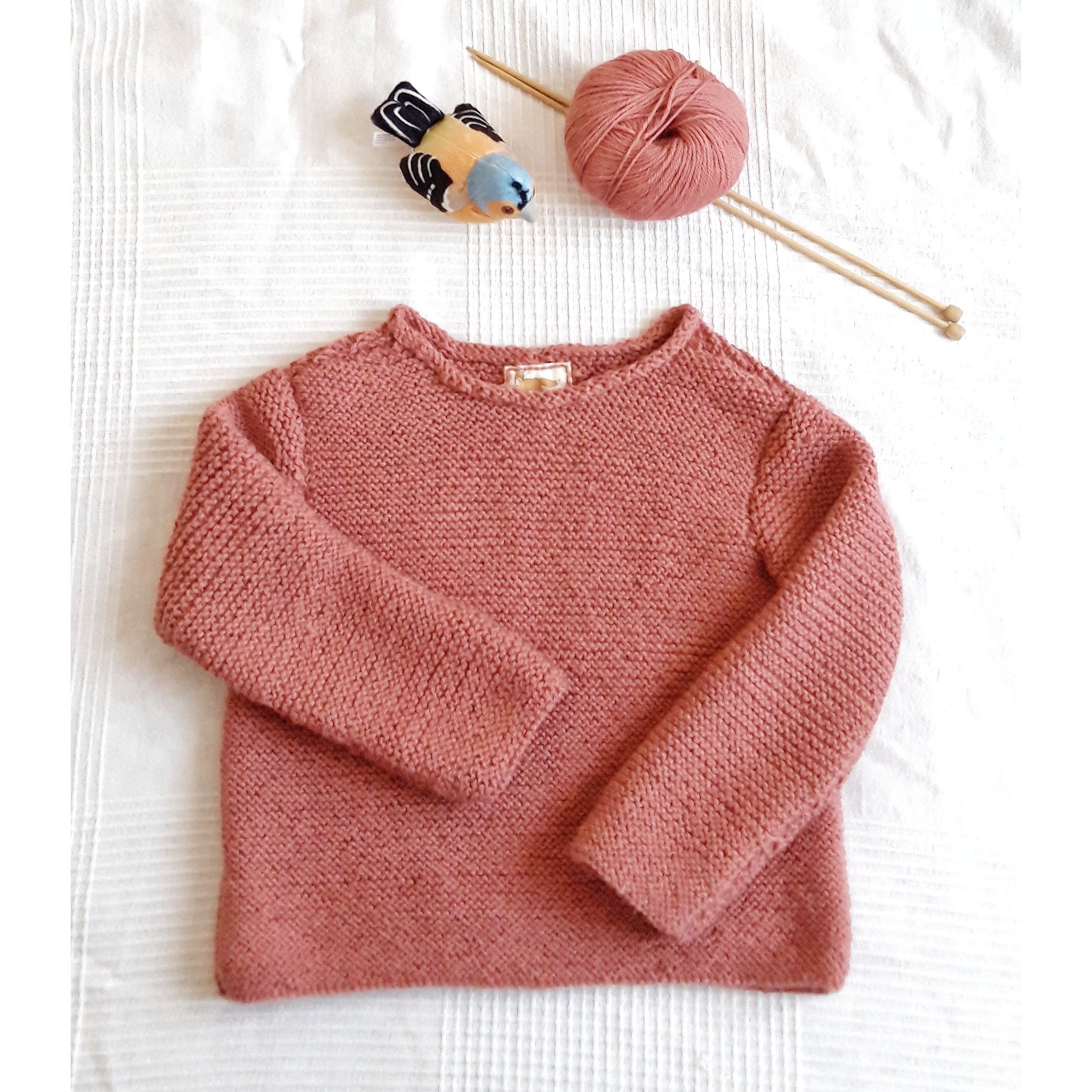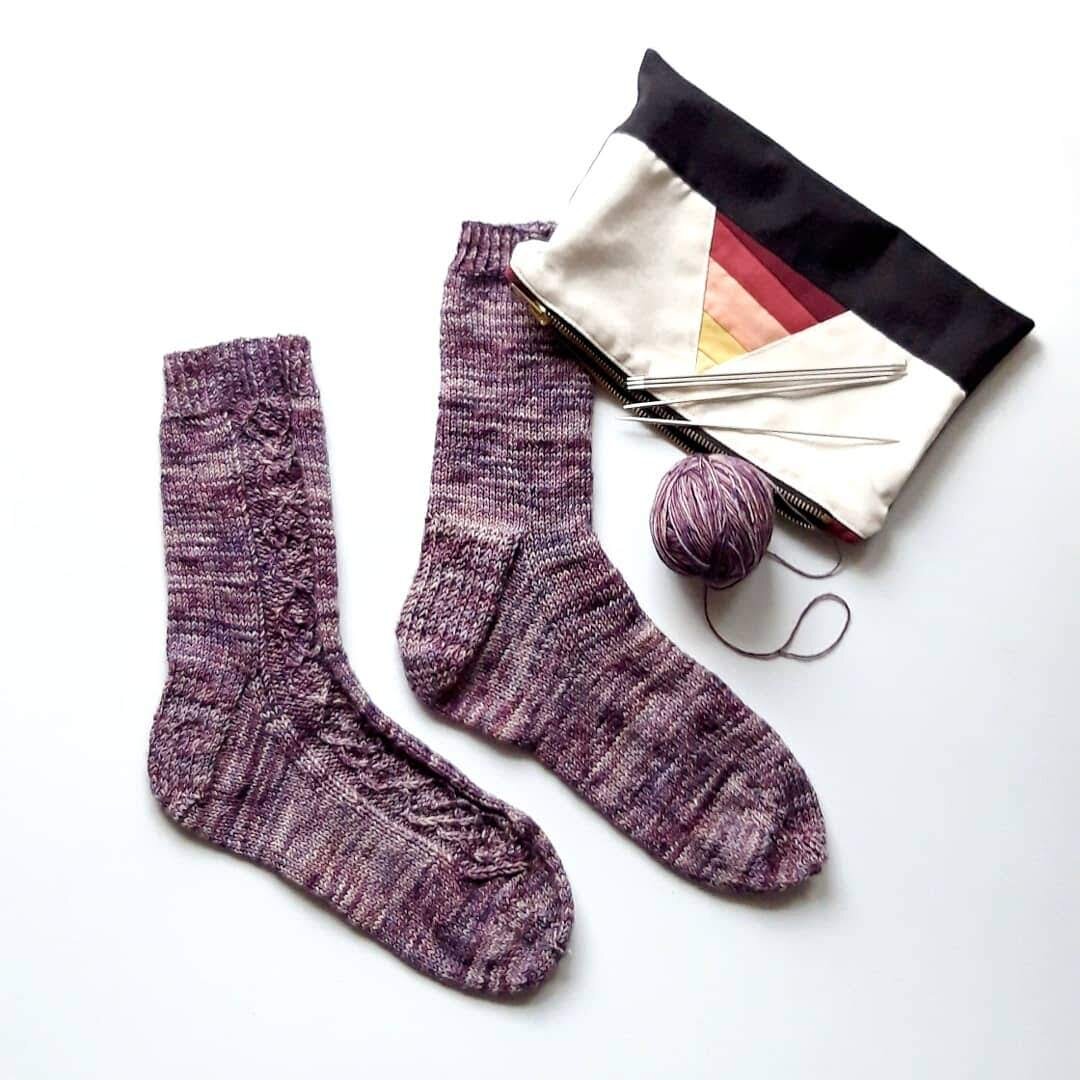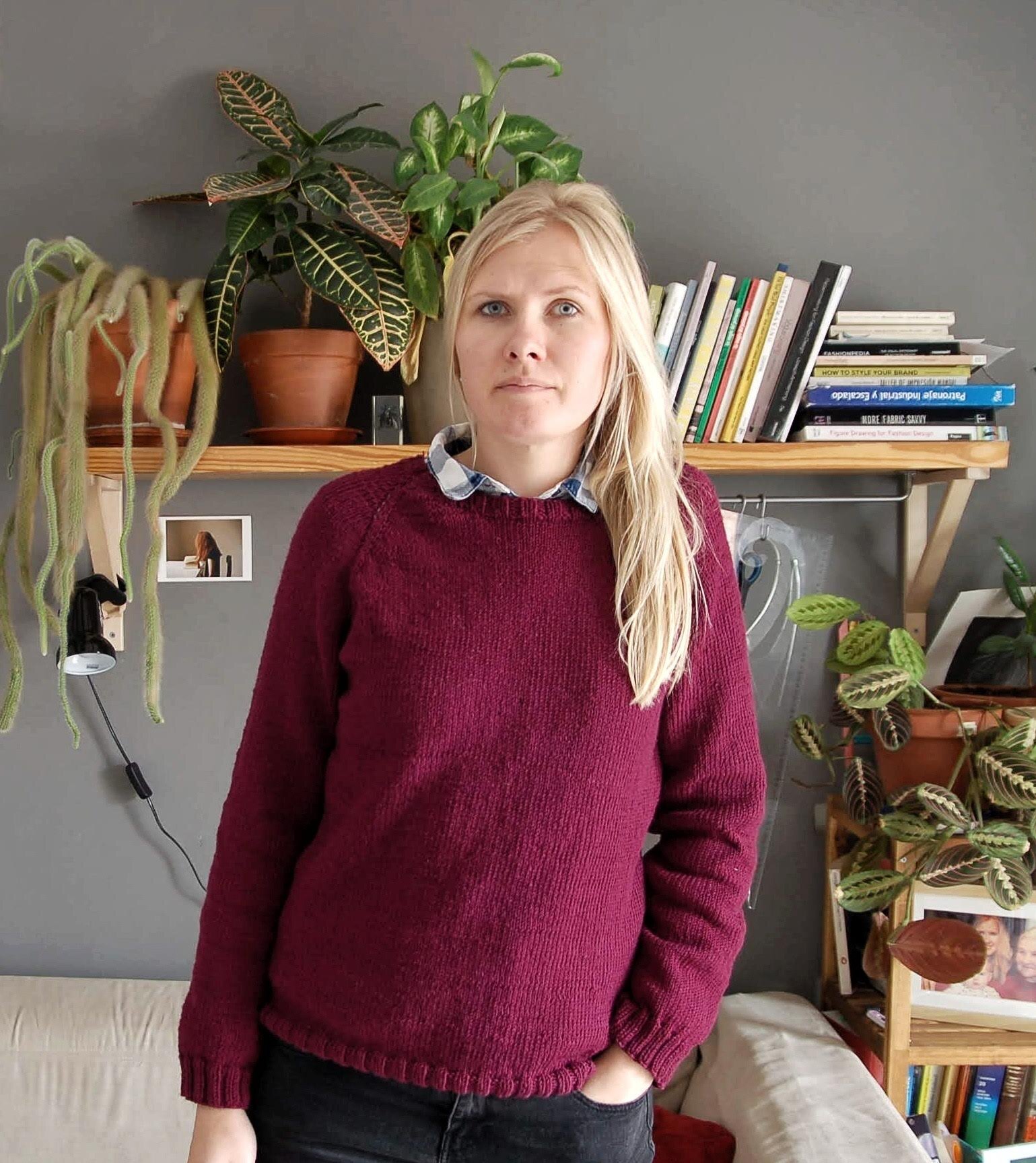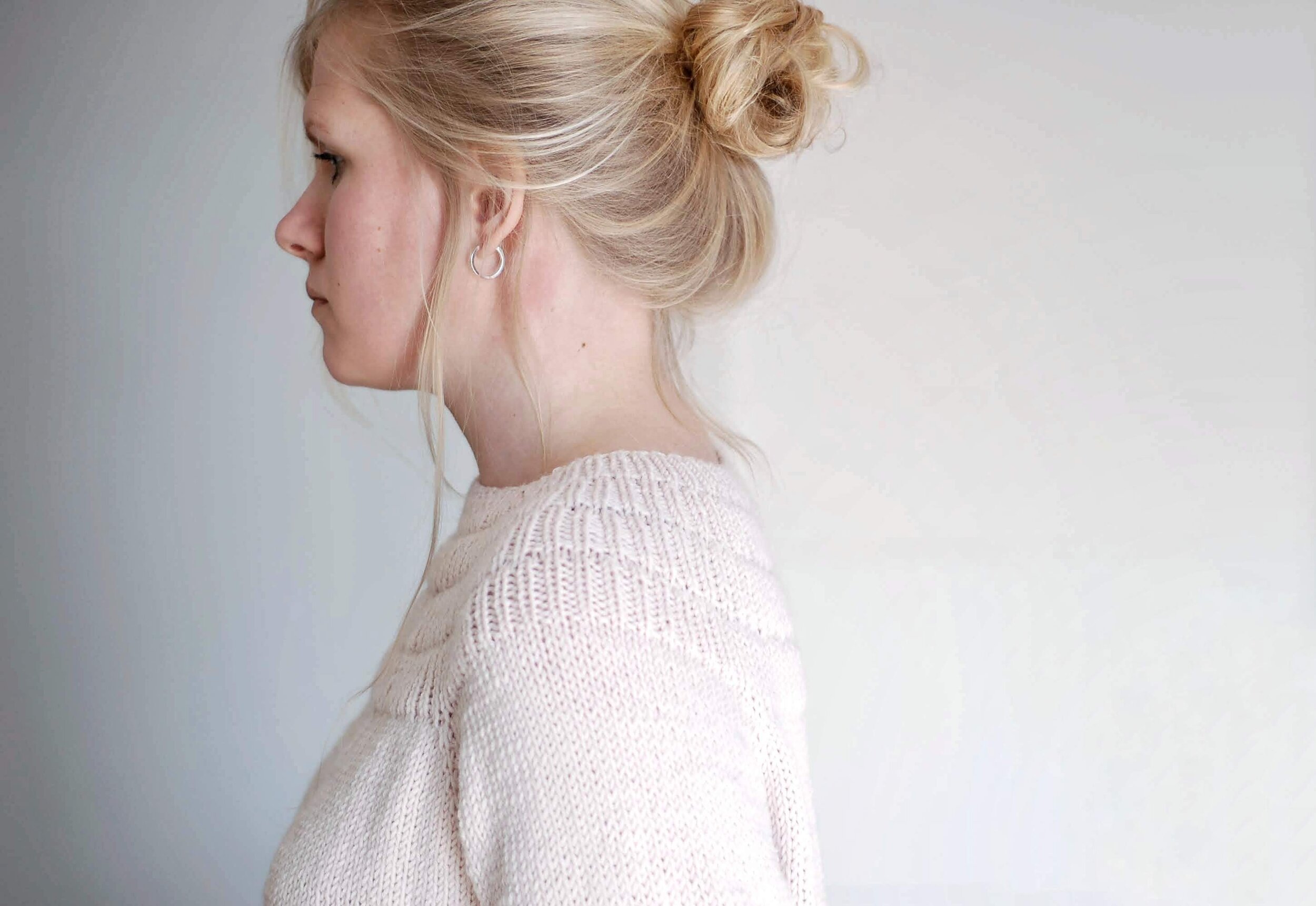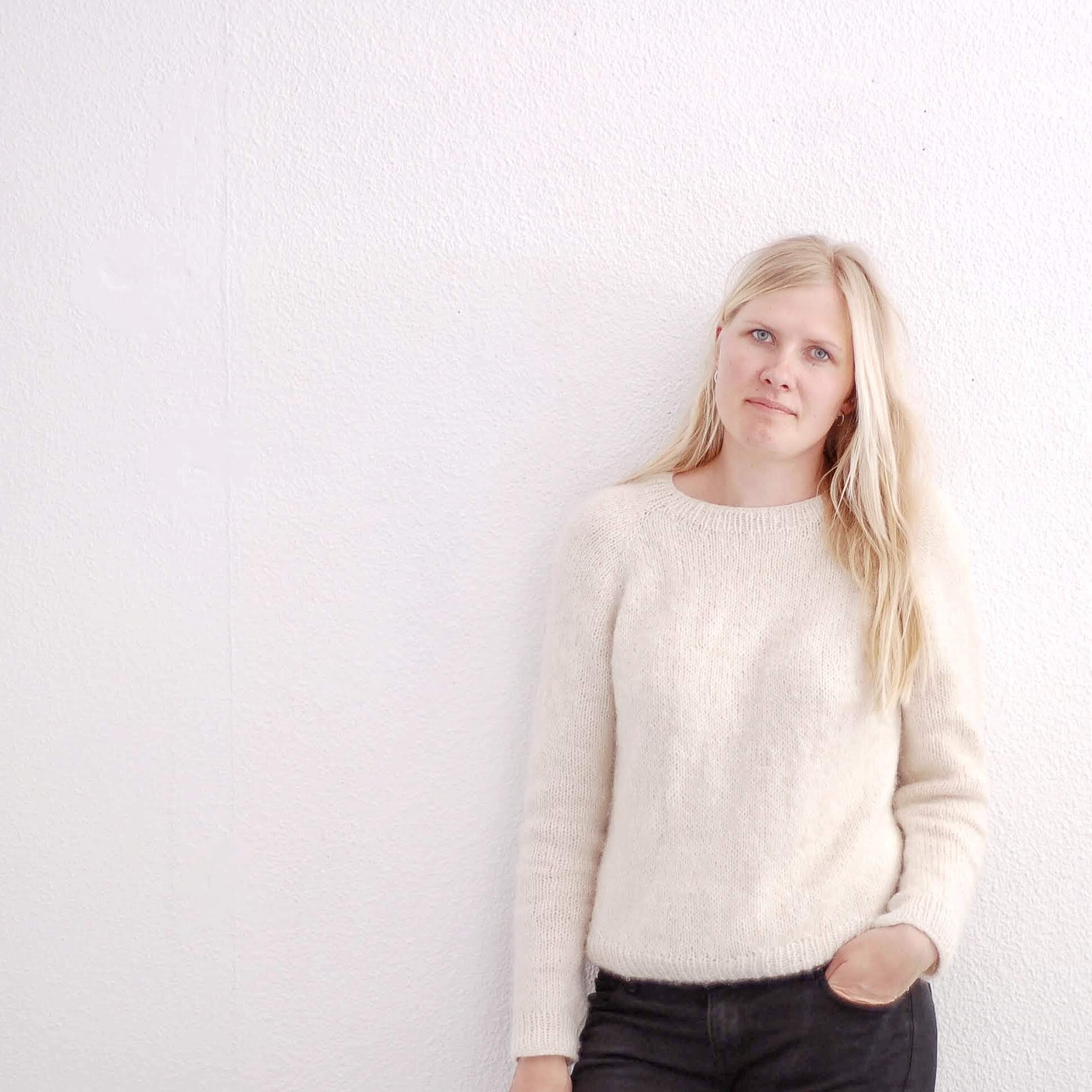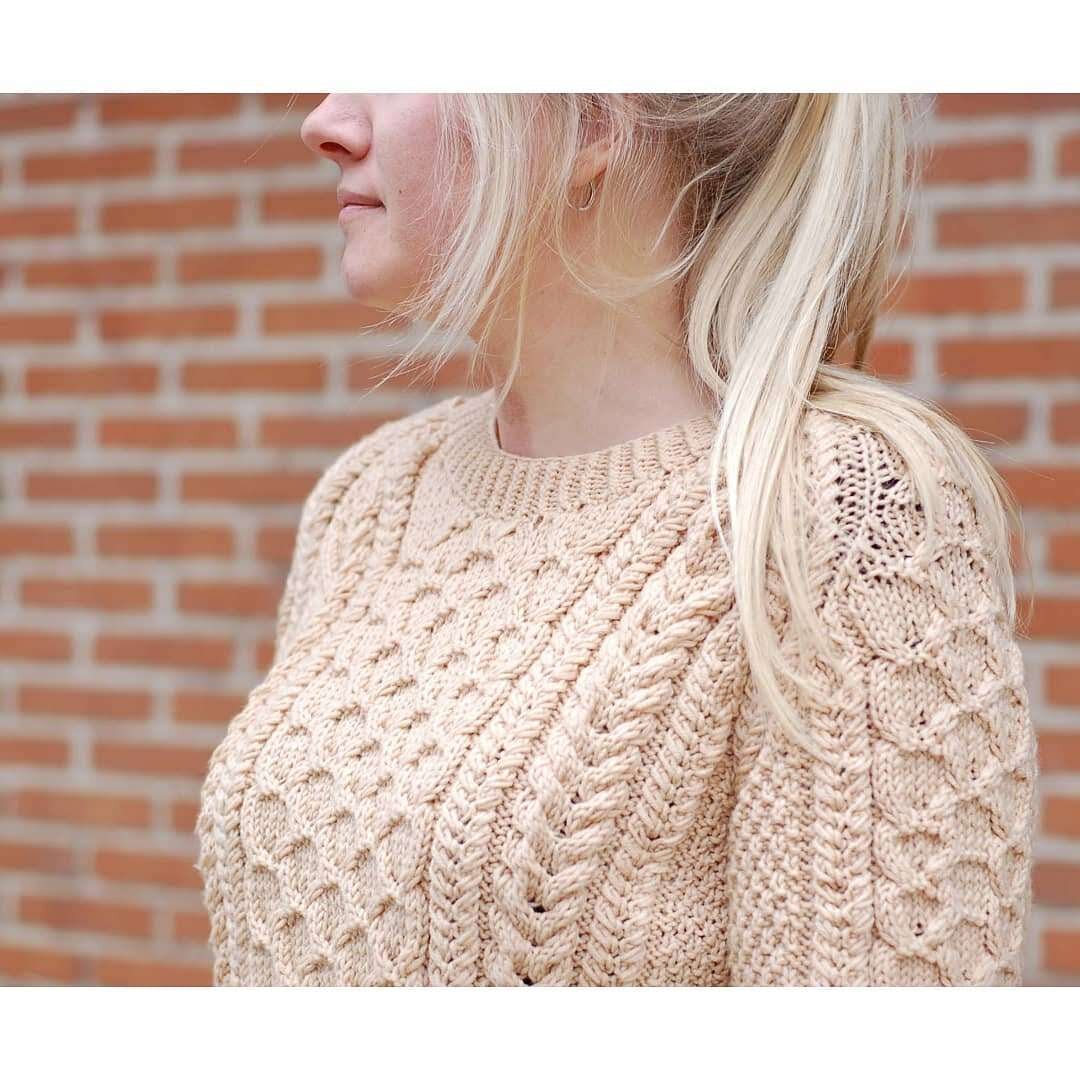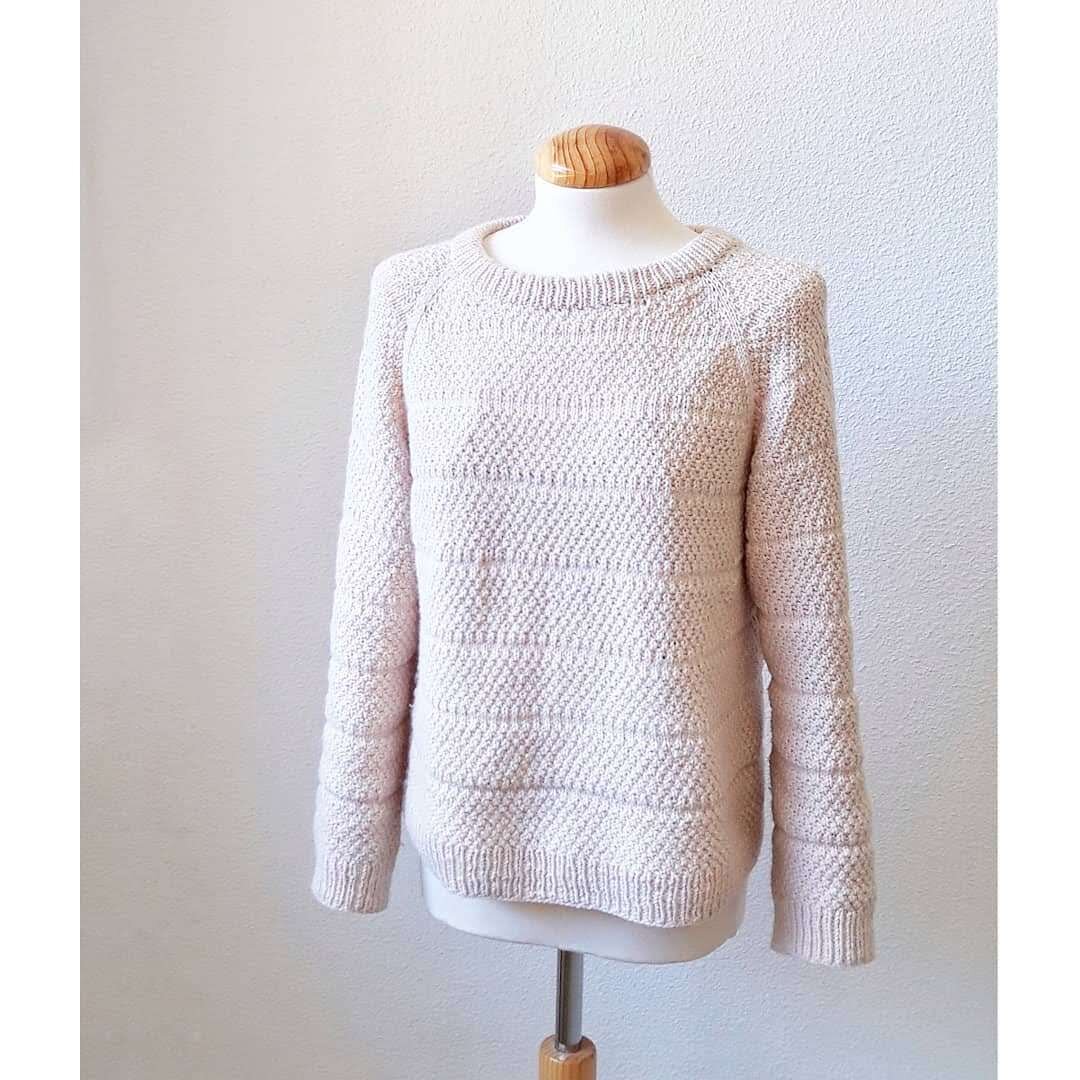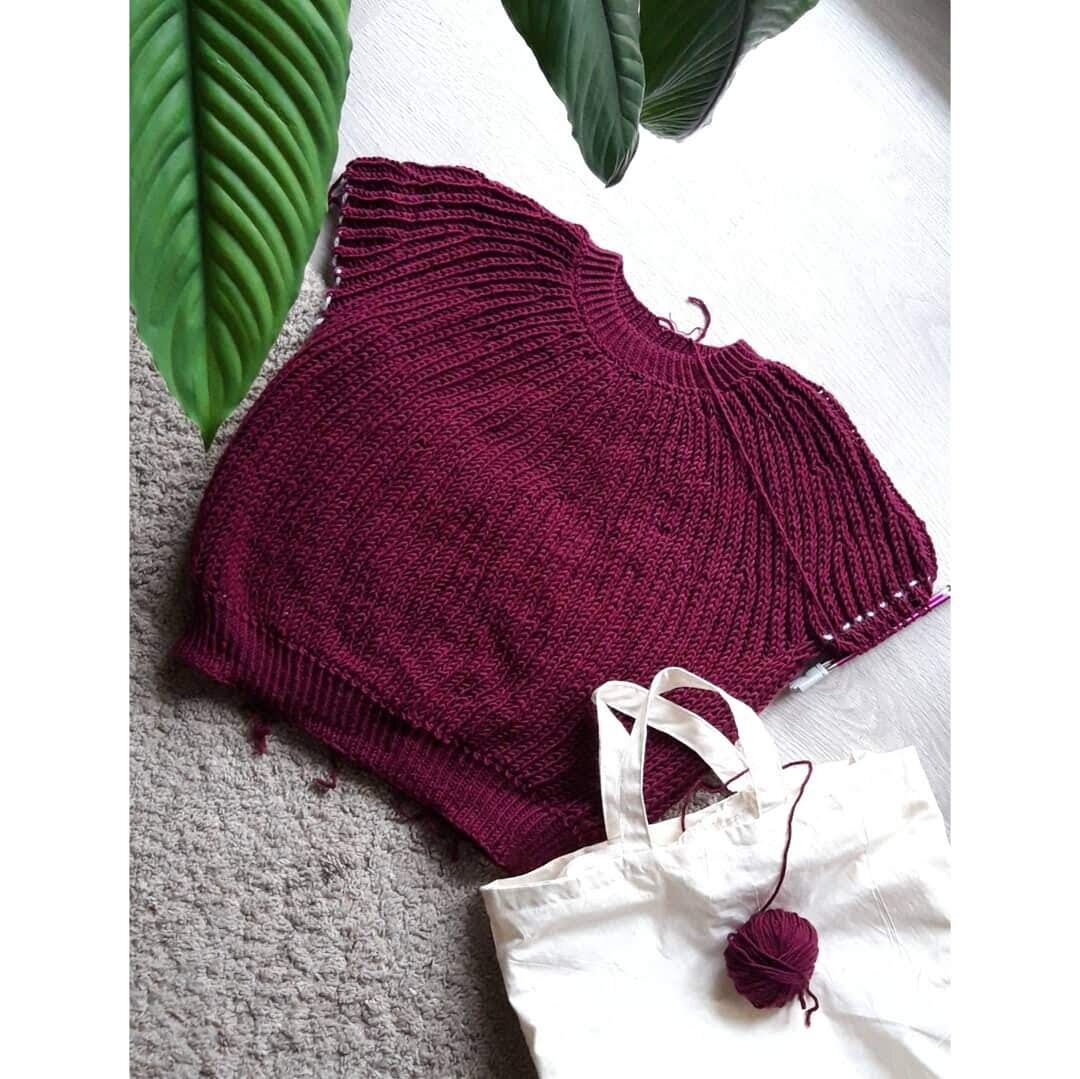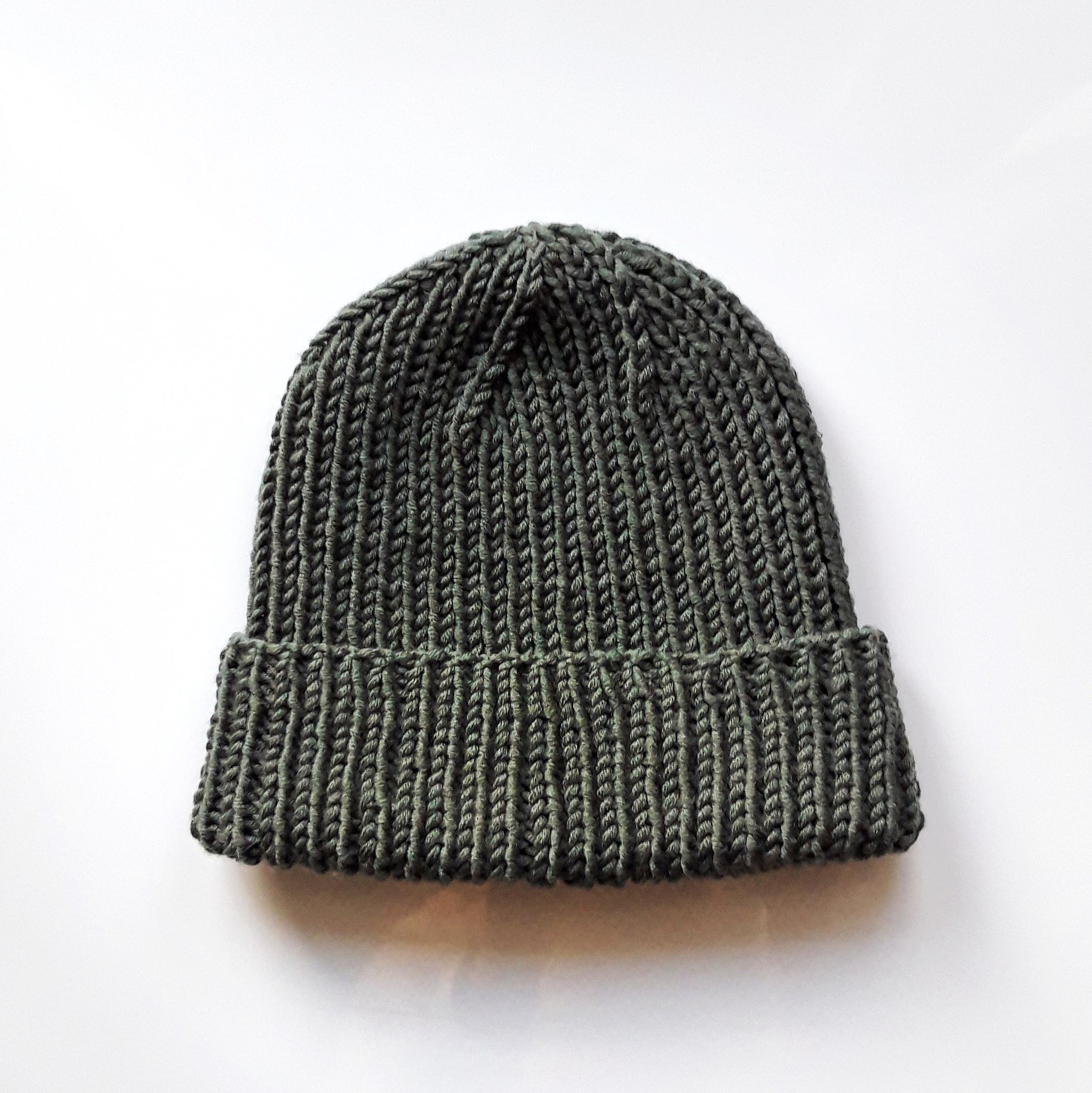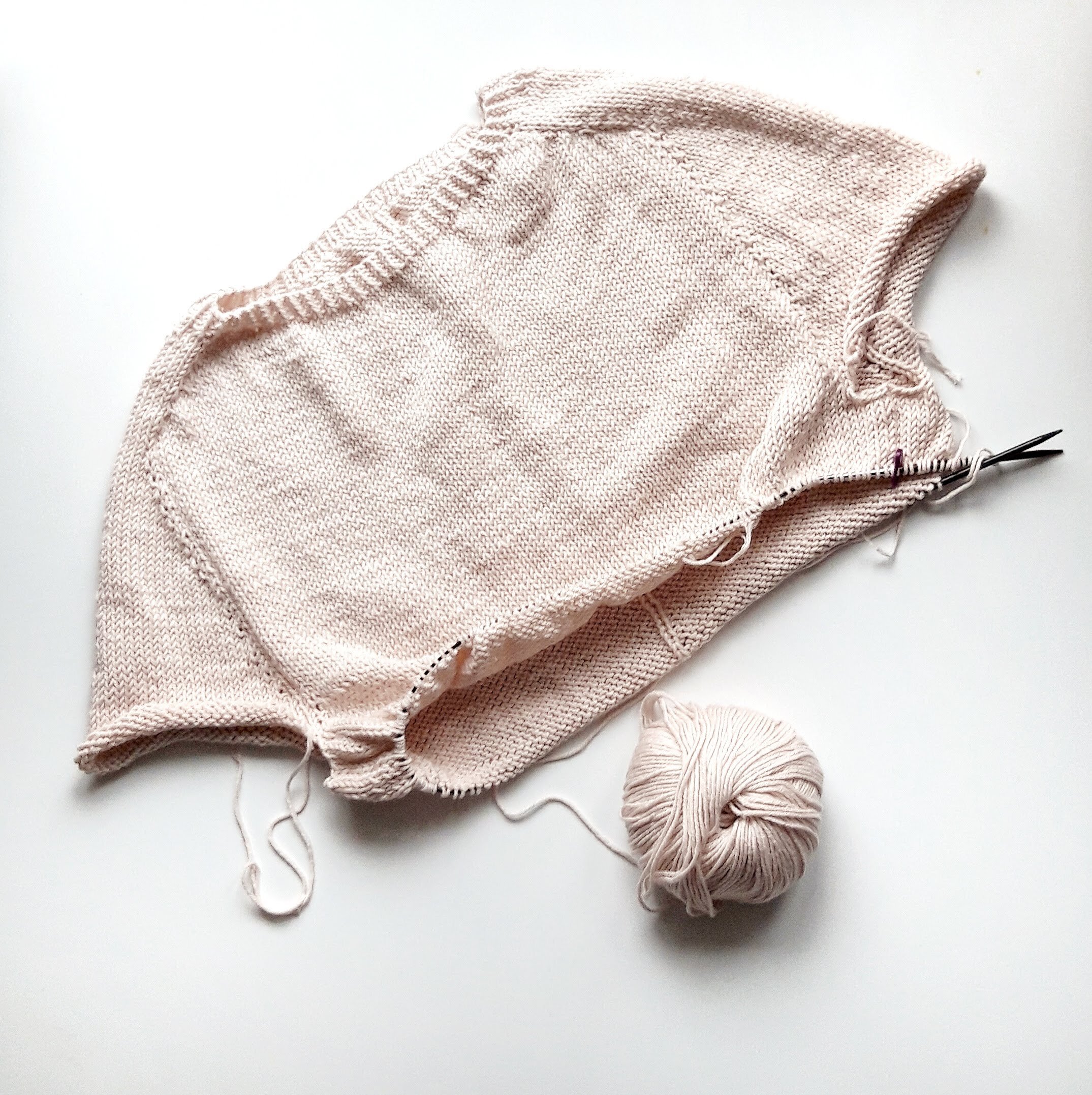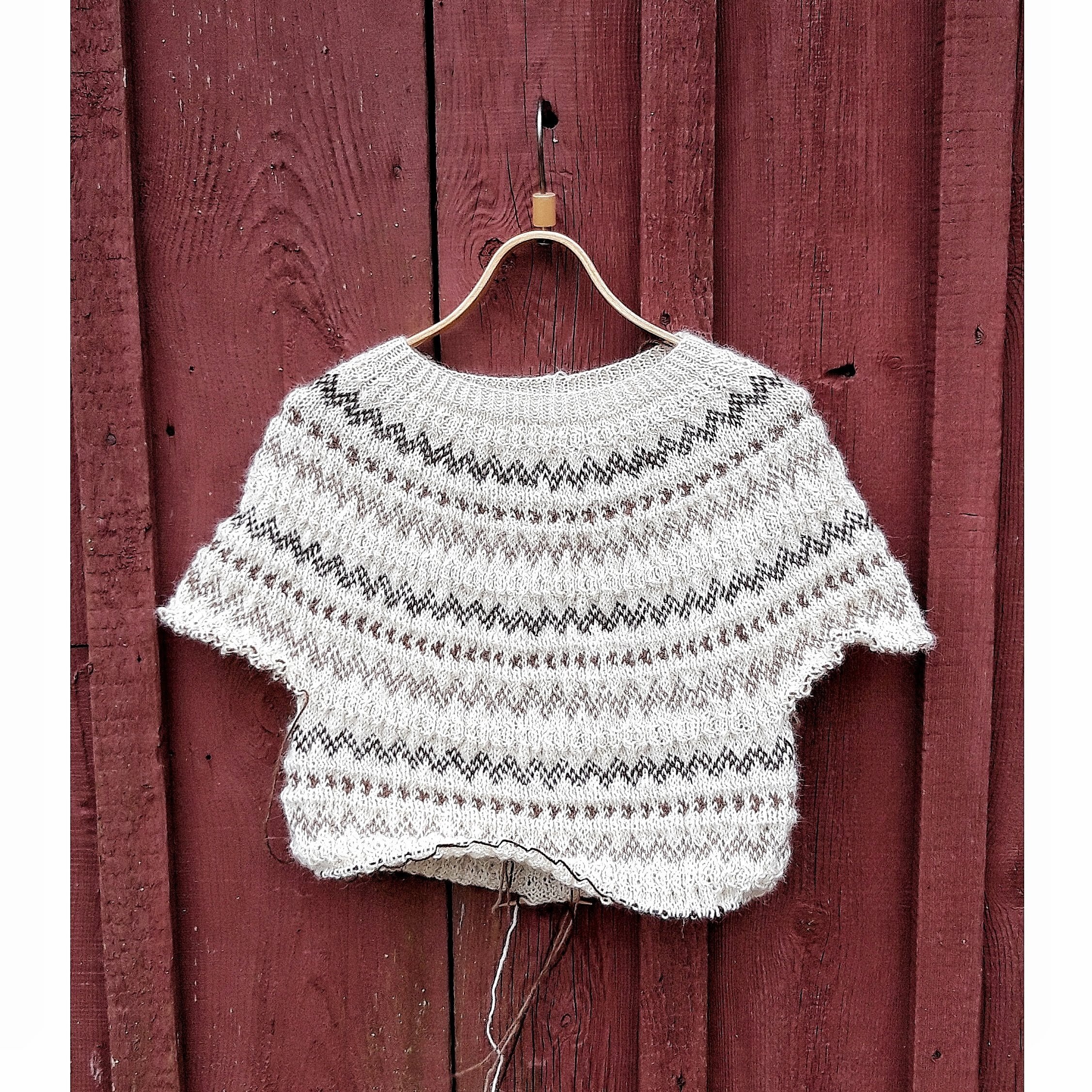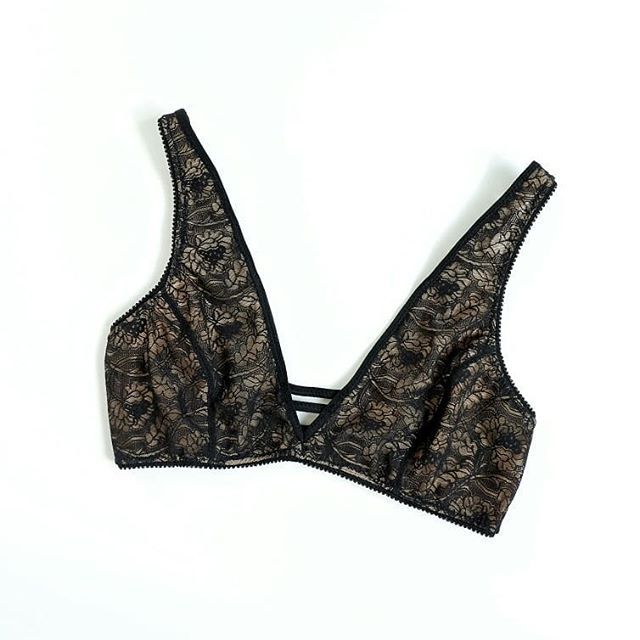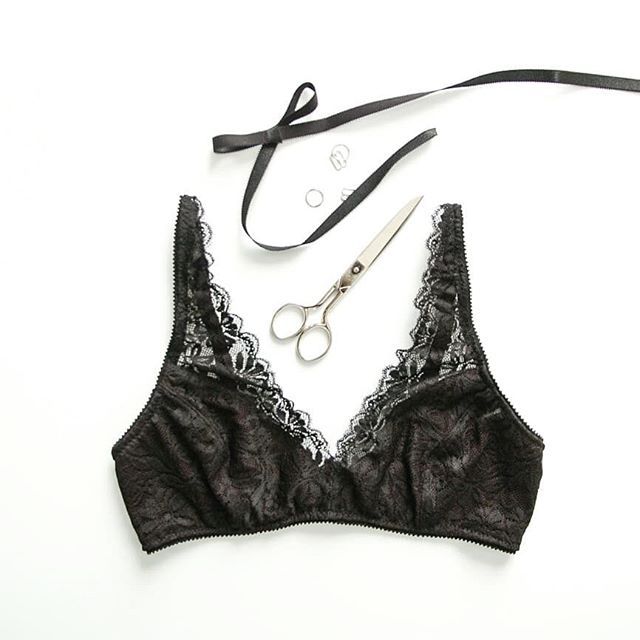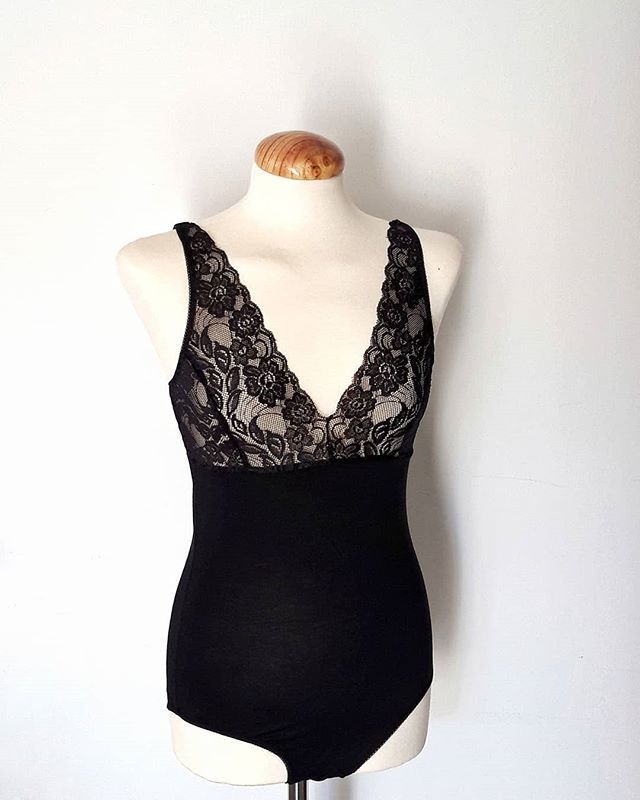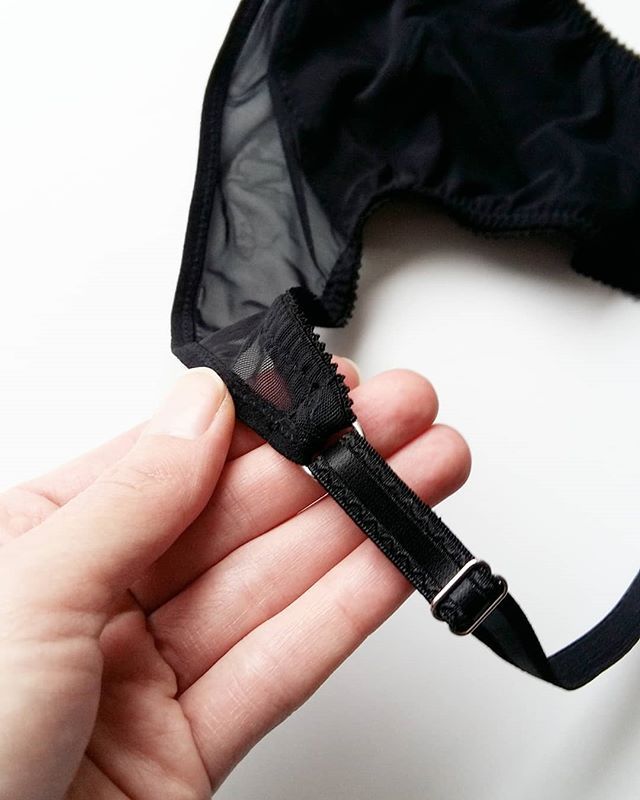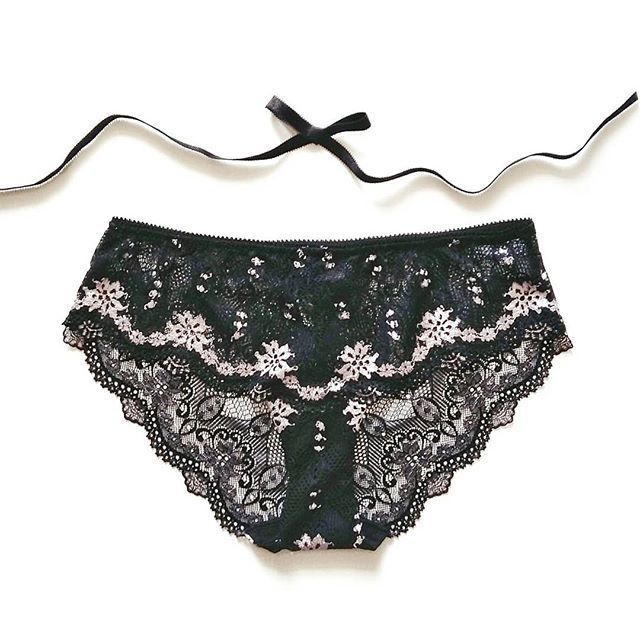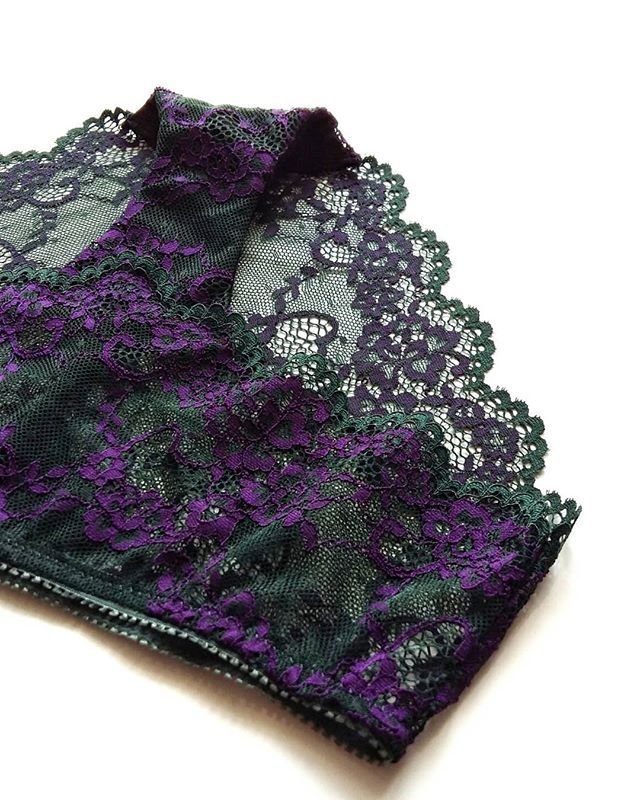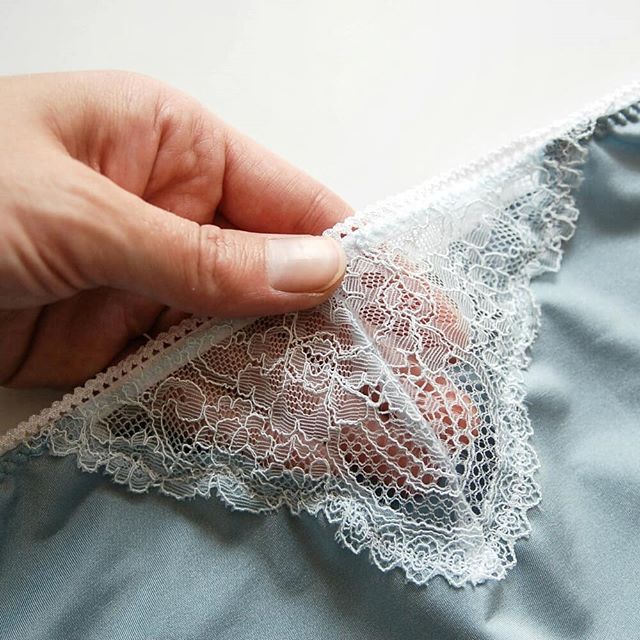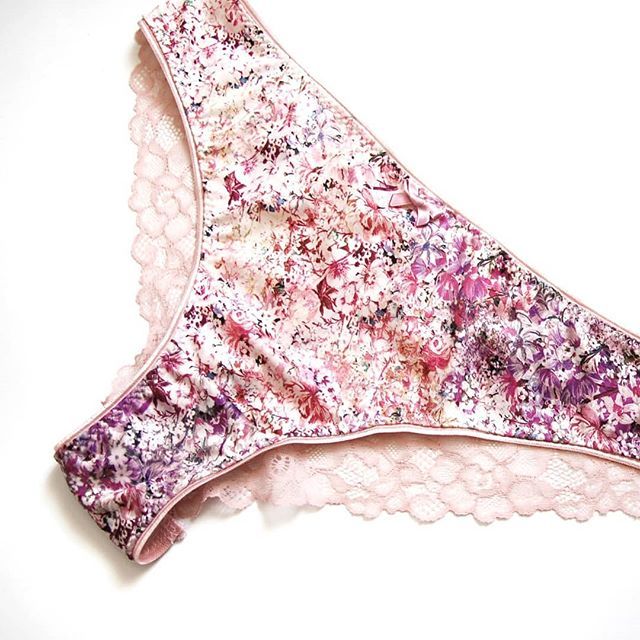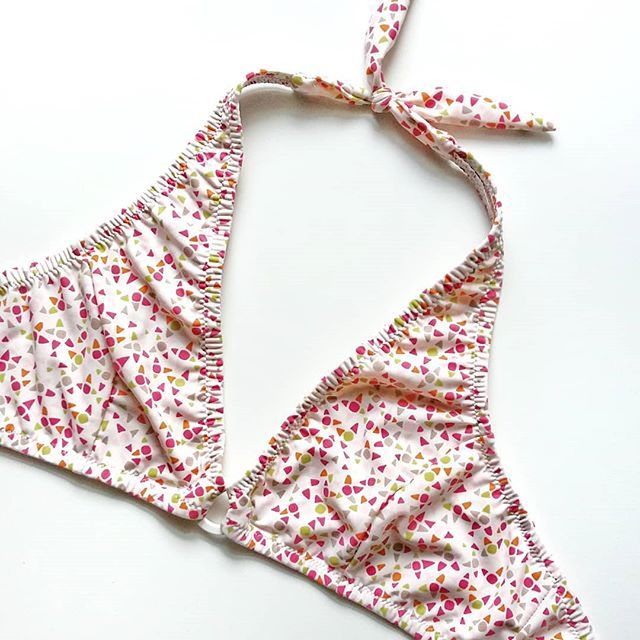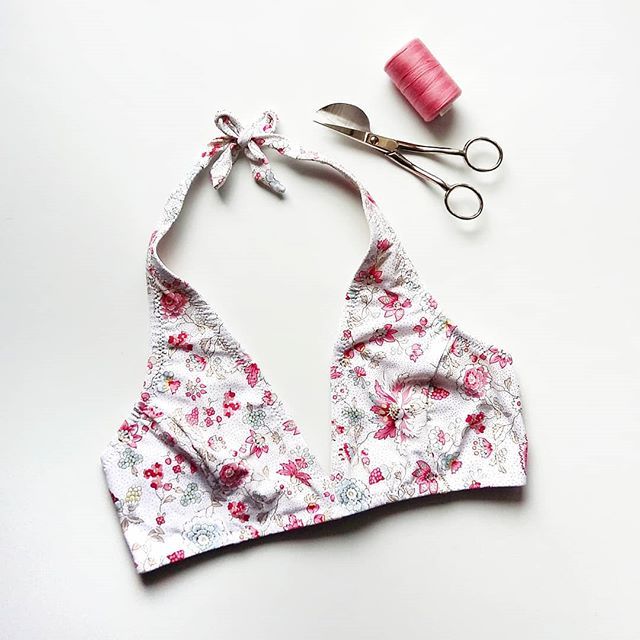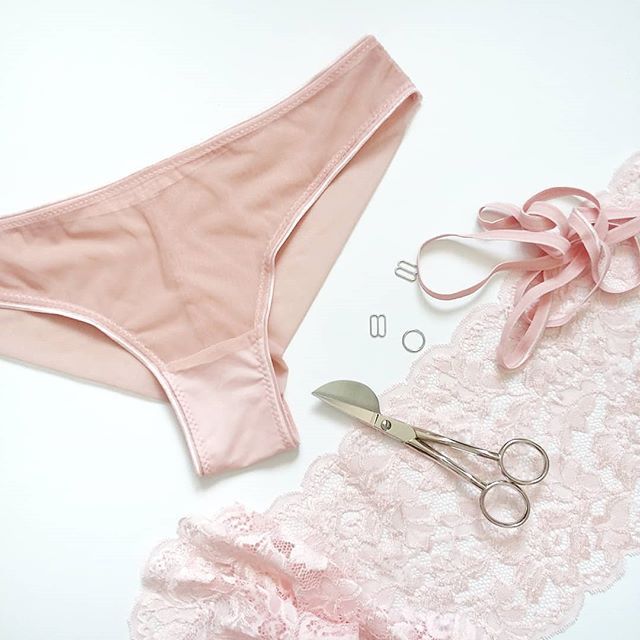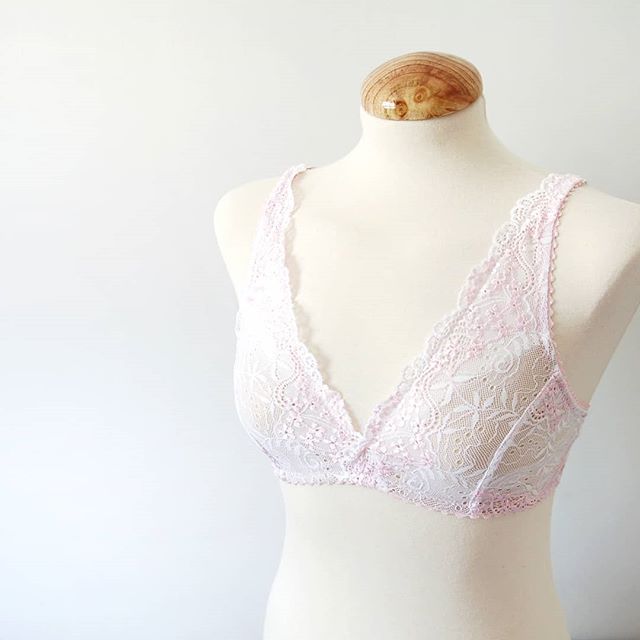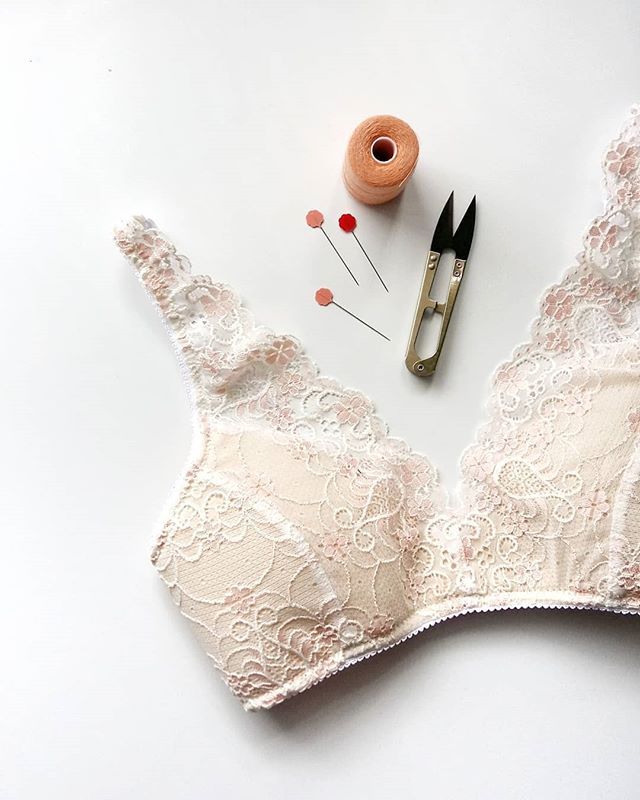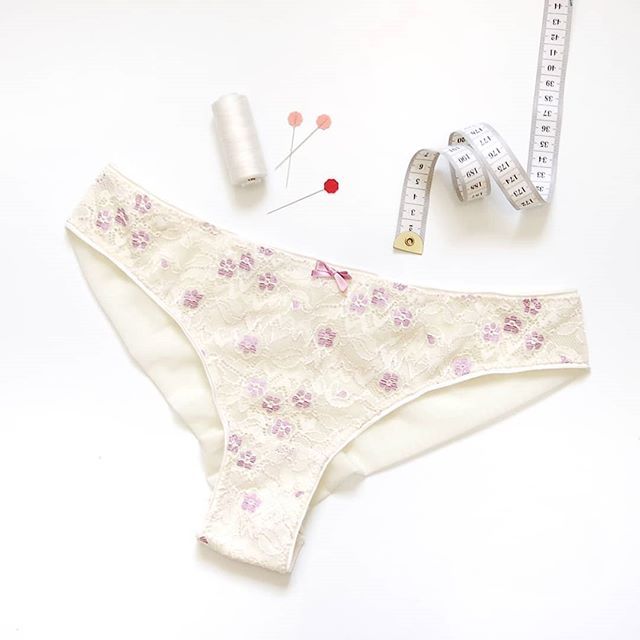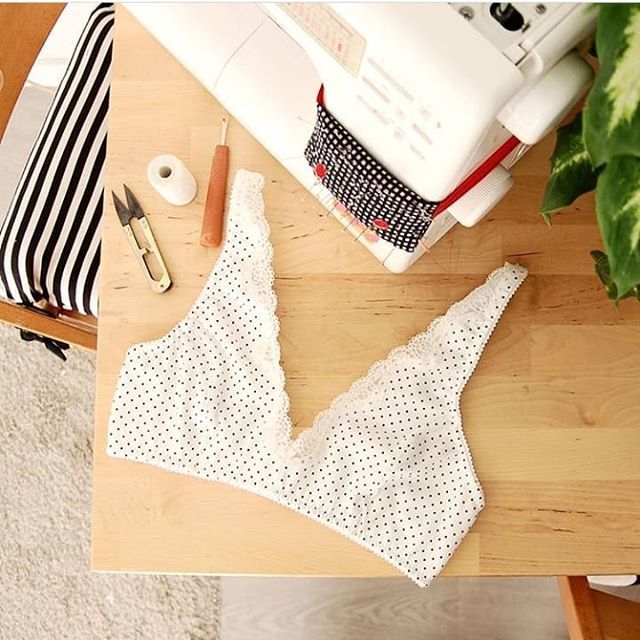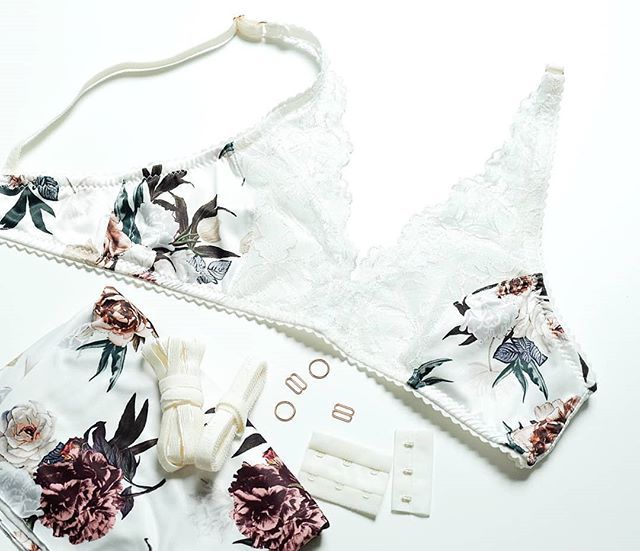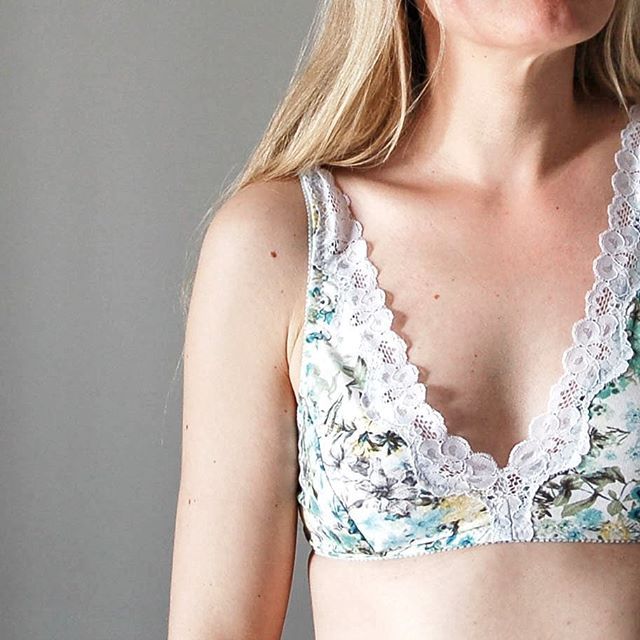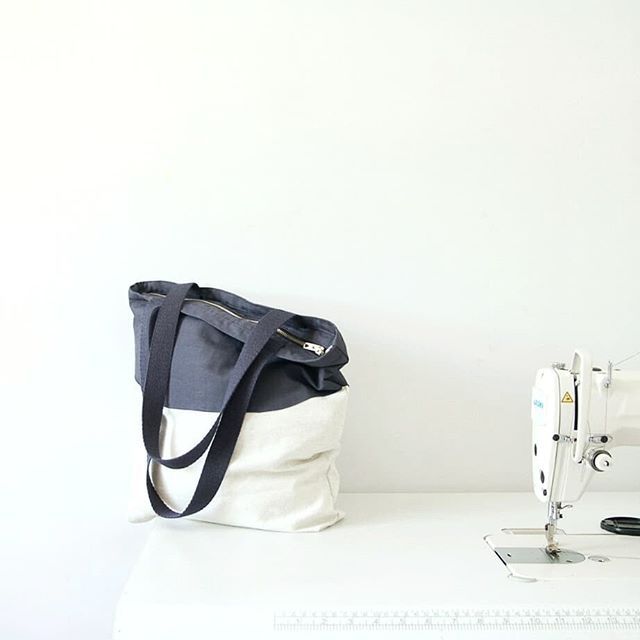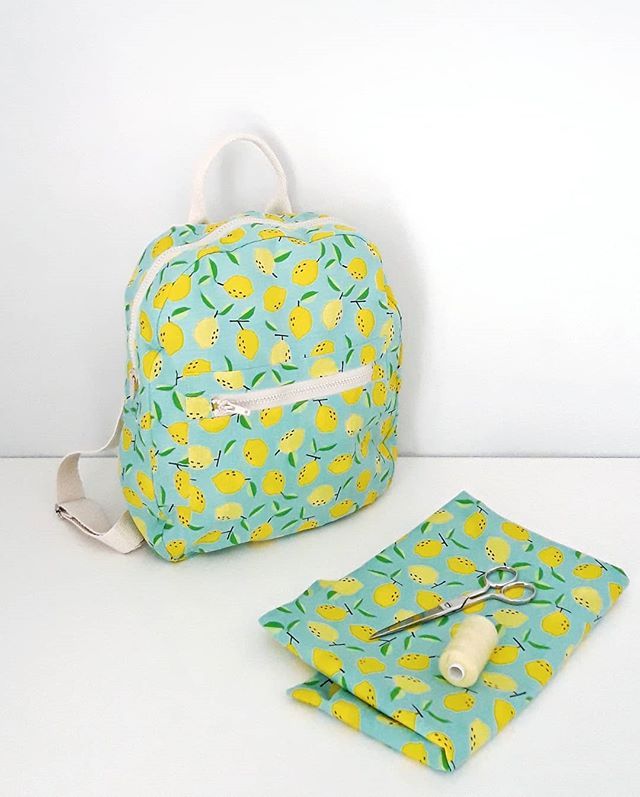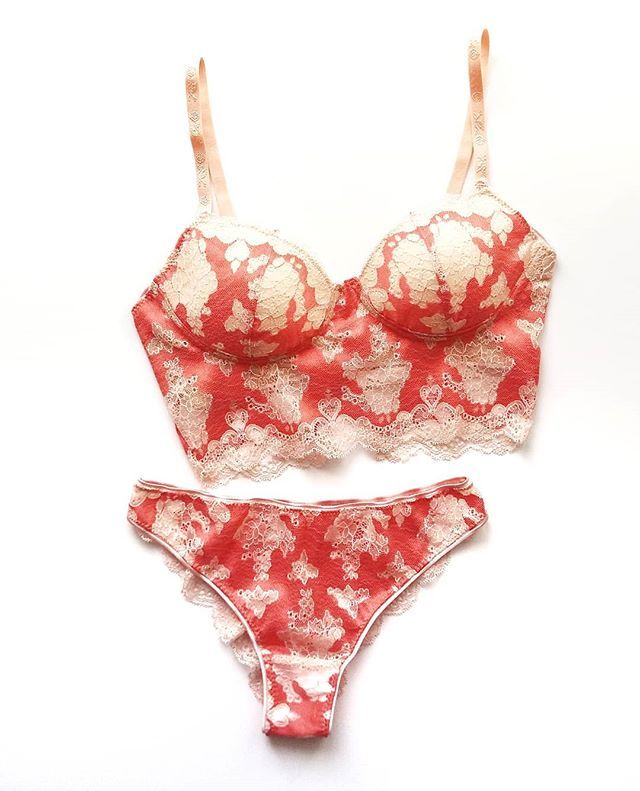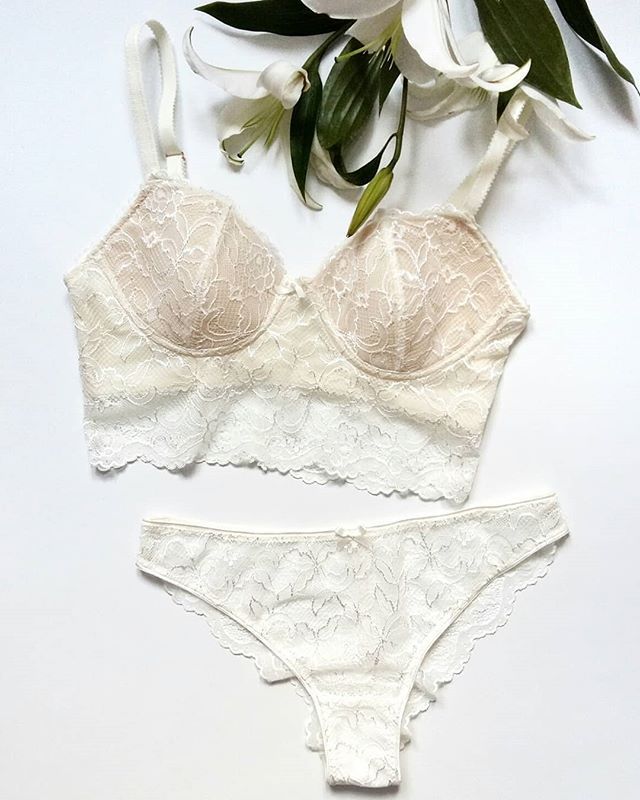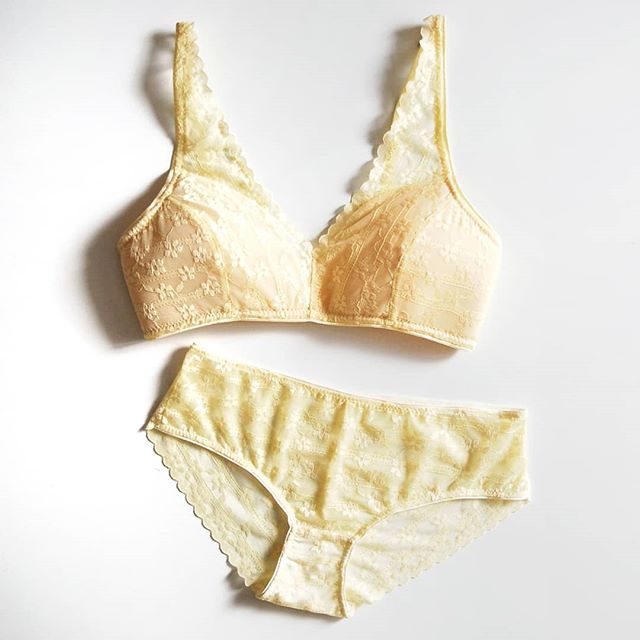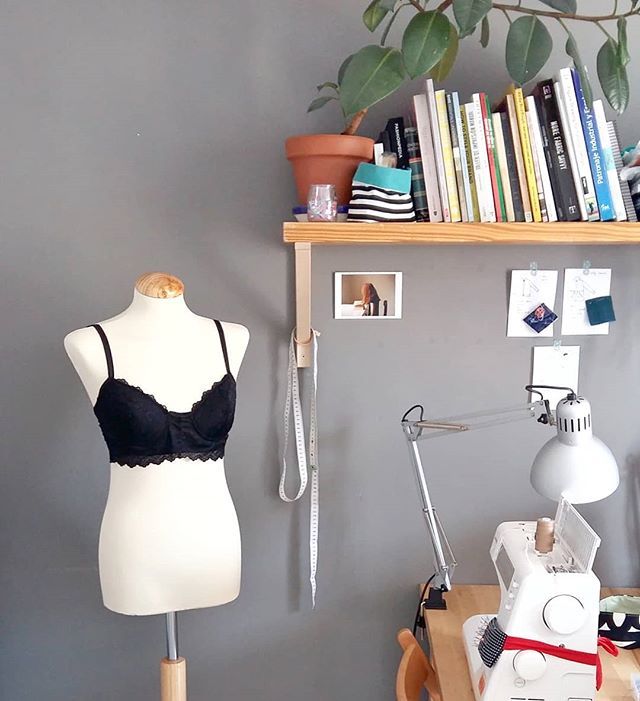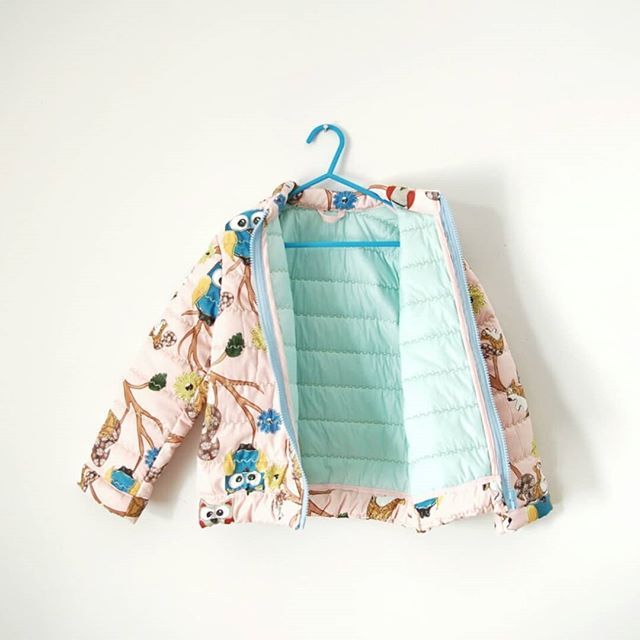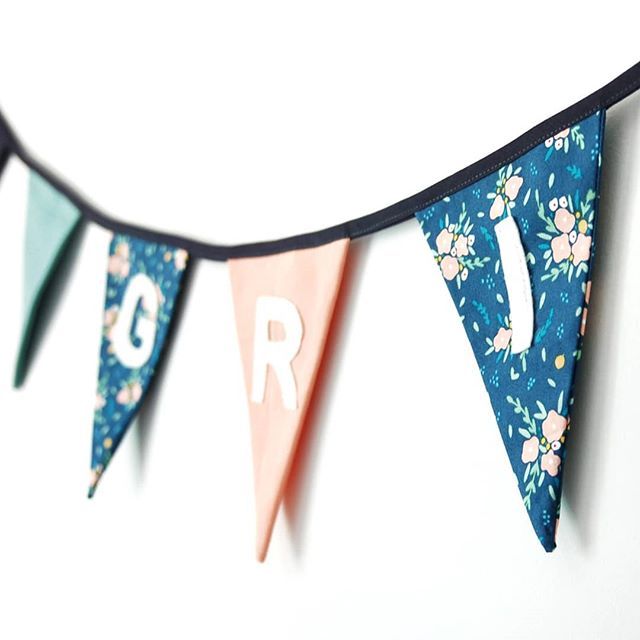Y para mi madre y mi hermana les hice para su cumple también estos sujetadores, el primer patrón es de Madalynne y el otro es el bralette Hanna.
Seguro que faltan más cosas, ahora mismo recordándolo hice también dos pares de pantalones, unos con el patrón de vaqueros Ginger y otro del patrón calcado del pantalón que ya tenía. Dos vestidos que me puse una vez…este año me di cuenta que ahora sí, hay que ser honesta: no me pongo los vestidos! Y también empecé proyectos que no he terminado…y que tengo pocas ganas de terminar, jaja. Así que éstos son mis proyectos personales de este año, que a ver, pocos no son, muchos tampoco…en un año caben bastantes cosas. Como ya os conté hay cosas que me pongo un montón, cosas que me pongo menos y otras que nada. No me gusta acumular prendas sin usar y suelo regalar casi todo que sé que no me pongo, me da más pena una prenda hecha a mano sin usar que el hecho de separarme de una prenda que seguramente ha sido fruto de bastante trabajo y esfuerzo.
El resto del tiempo estaba cosiendo muestras de patrones que saqué este año: bralette Hanna, braguita Stella, braguita Mia, el estuche con cremallera y el Daily Tote. Tengo una caja de muestras bastante grande que de vez en cuando saco para buscar regalos a mis amigas, jaja. Abajo tienes una selección de ellas:
I also made bras for my mother and my sister for their birthdays, the first one is a pattern from Madalynne and the second one is the Hanna bralette.
I’m sure there are things that I’ve missed, actually I just remembered that I also made two pairs of pants: one with Ginger jeans pattern and another one I copied from a rtw pair I own. There were two dresses I wore once…this year it was time to say it out loud: I just don’t wear dresses! I also started projects that I didn’t finish…and that I don’t feel like finishing, haha. So these are my personal sewing projects from this year, lets see, there’s not soooo much, also not very little…you can make a lot in a year. As I told you before, there’s stuff I wear a lot, stuff I wear sometimes and things I never wear. I don’t like having garments I don’t use in my closet so I usually give away everything I don’t wear: yes, giving away garments you have put hours and effort in kind of hurts but I feel worse seeing a handmade garment without anyone wearing it.
The rest of the time I was sewing samples for the patterns I launched this year: Hanna bralette, Stella panties, Mia panties, zipper pouch and Daily Tote. I have a pretty big box of samples that I use from time to time to find presents for my friends, haha. Here’s a selection of those:


